From October 8 to October 10, 1871, the Great Chicago Fire burned throughout the city, destroying thousands of buildings, killing an estimated 300 people, and causing $200 million in damages. One legend says a cow kicked over a lantern in a barn and started the blaze. However, other theories claim humans or a meteor might have caused the disaster that destroyed an area about four miles long and almost a mile wide. This included the city’s business district. After the fire, reconstruction efforts began immediately and led to significant economic development and population growth.
On October 8, a fire broke out at or near a barn located on the property of Patrick and Catherine O’Leary at 137 DeKoven Street on the southwest side of the city. It is said that the fire started when the family’s cow knocked over a lantern. However, Catherine O’Leary denied this claim, and the true cause of the fire has never been determined. The fire quickly grew out of control and moved rapidly north and east toward the city center. Firefighting efforts were boosted by rain on October 10, when a sudden downpour brought the blaze under control. Approximately 300 people were killed and 100,000 were left homeless in the Great Chicago Fire. It destroyed more than 17,000 structures and caused $200,000 in damages. There was a wave of looting and lawlessness following the disaster. Armed forces were summoned to Chicago on October 11, and martial law was declared. The martial law was lifted several weeks later.
Aftermath of the Great Chicago Fire
After the fire, Joseph Medill (1823-99) won an election as mayor by promising to establish stricter building and fire codes, a promise that may have helped him win the election. Most of the city’s voting records were destroyed in the fire, making it almost impossible to prevent people from voting more than once. Chicago’s transportation systems, as well as much of its physical infrastructure, remained intact despite the fire’s destruction. In the process of reconstruction, the city grew quickly and had the first skyscrapers in the world, spurring economic growth and population growth. During the time of the fire, Chicago’s population was approximately 324,000; within nine years, it had risen to about 500,000. By 1890, the city had a population of more than 1 million and was a significant economic and transportation hub. In 1893, Chicago hosted the World’s Columbian Exposition, which attracted 27.5 million tourists. On the site where the Great Chicago Fire began, the Chicago Fire Department training academy now stands. Catherine O’Leary, an Irish immigrant who died in 1895, and her cow were exonerated by the Chicago City Council in 1997.
Below are some historical photos that depict the destruction caused by the Great Chicago fire of 1871.


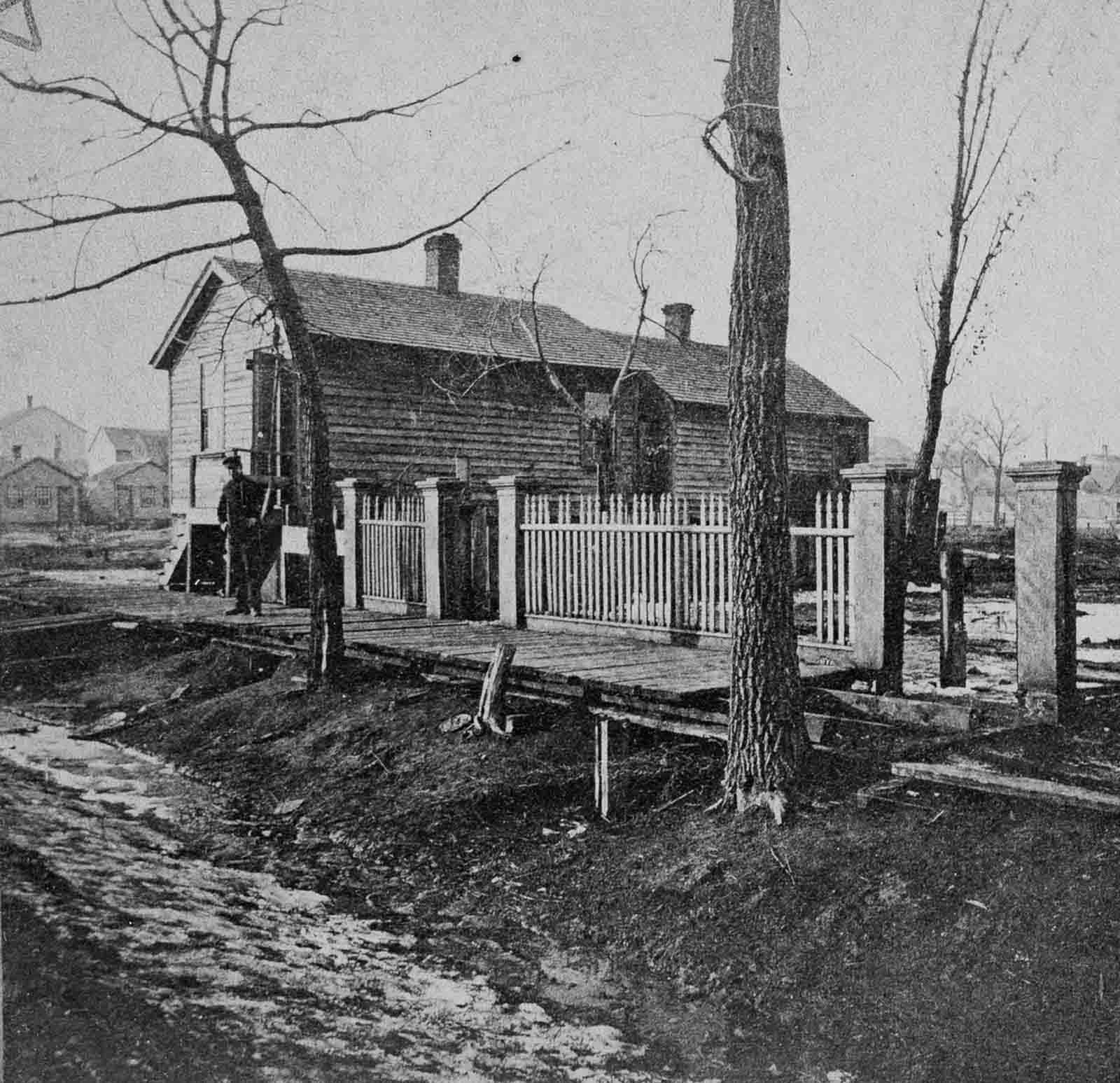
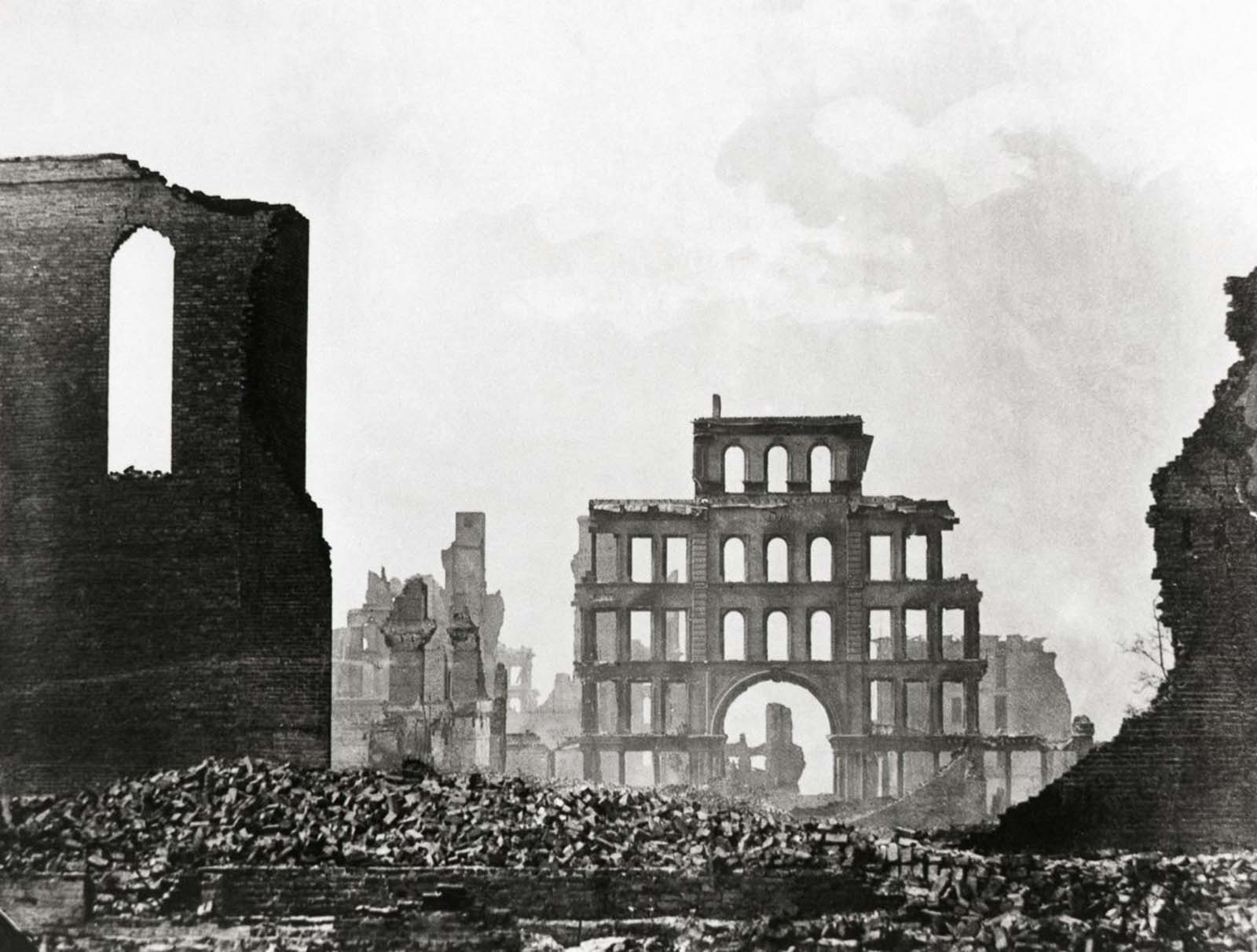
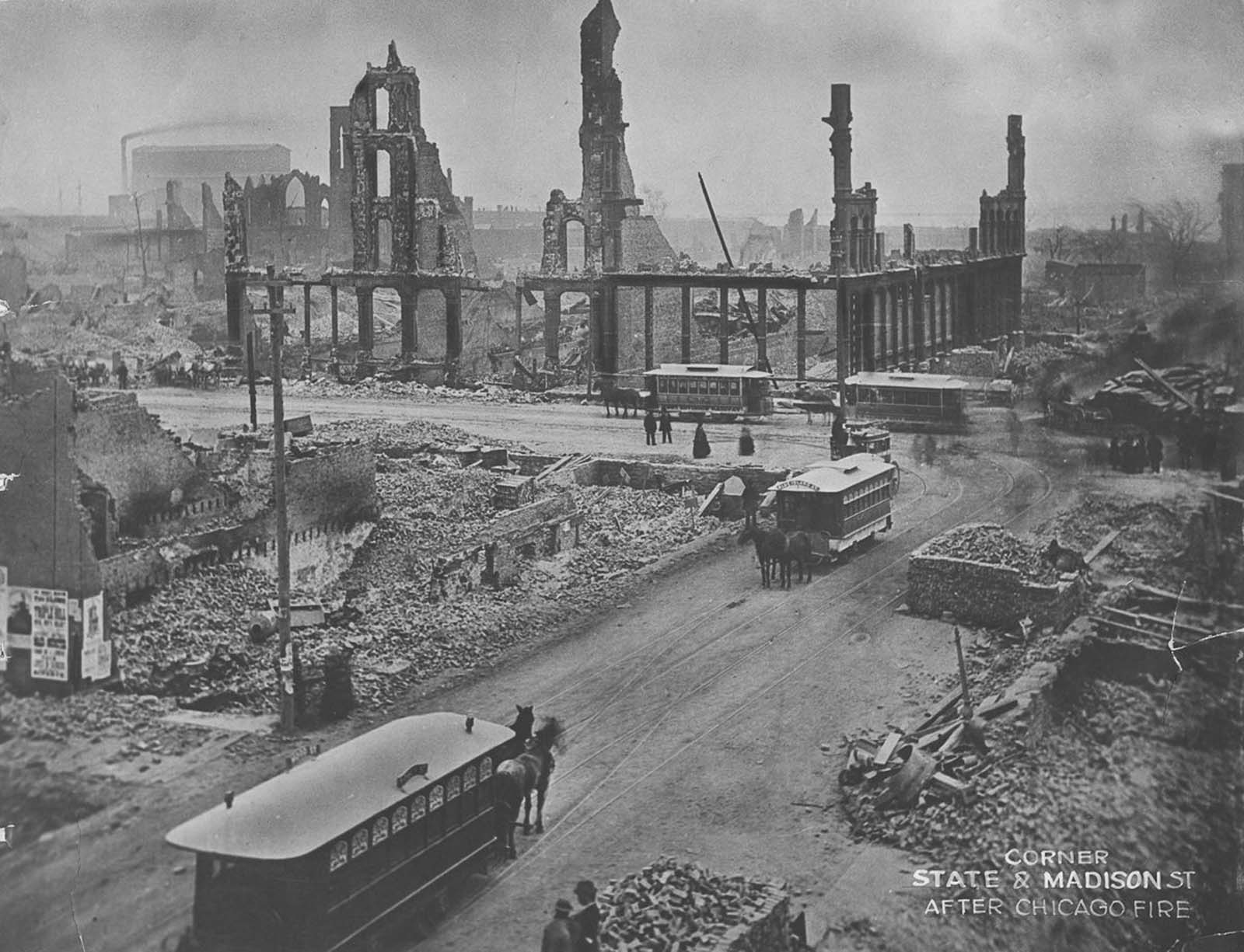
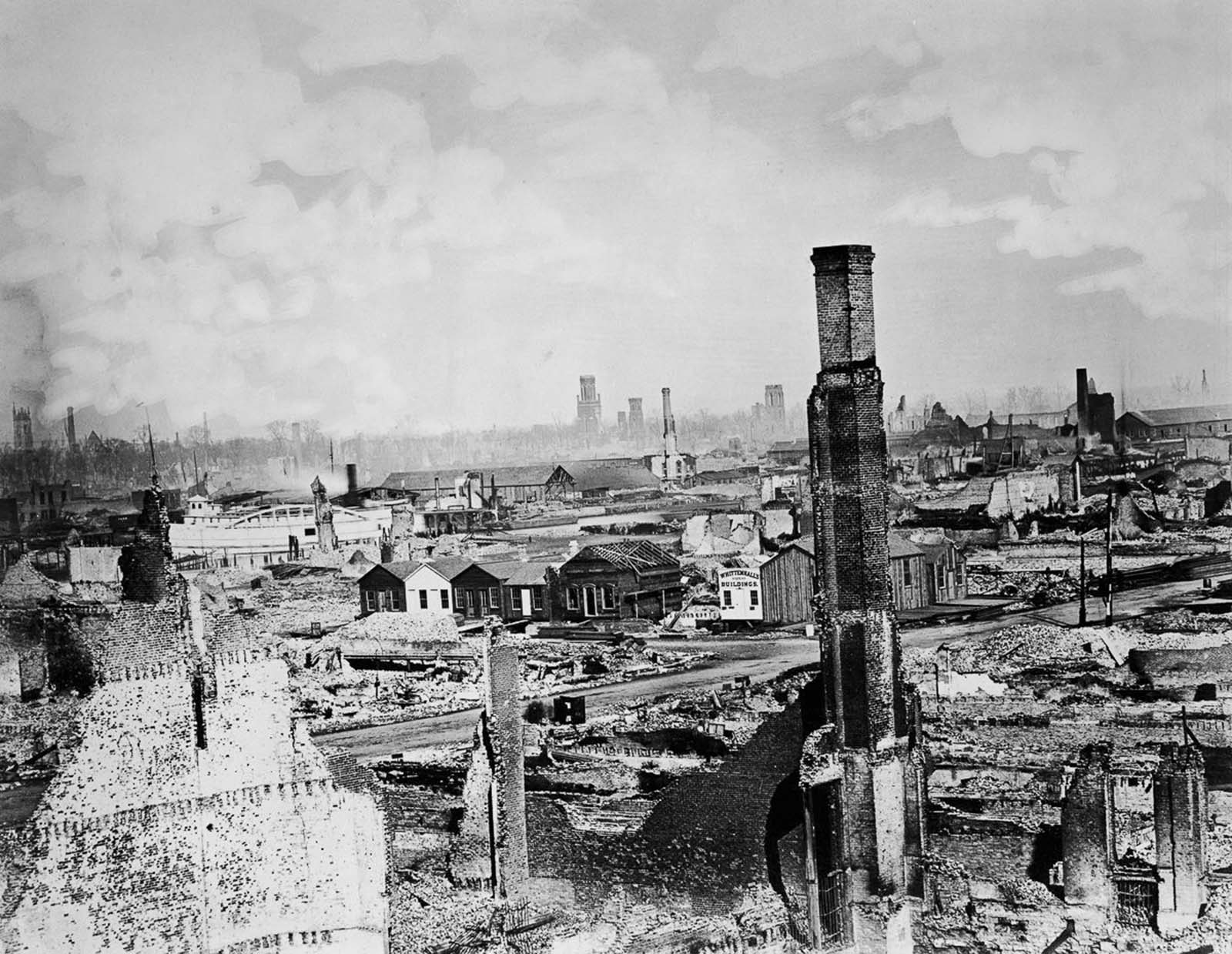
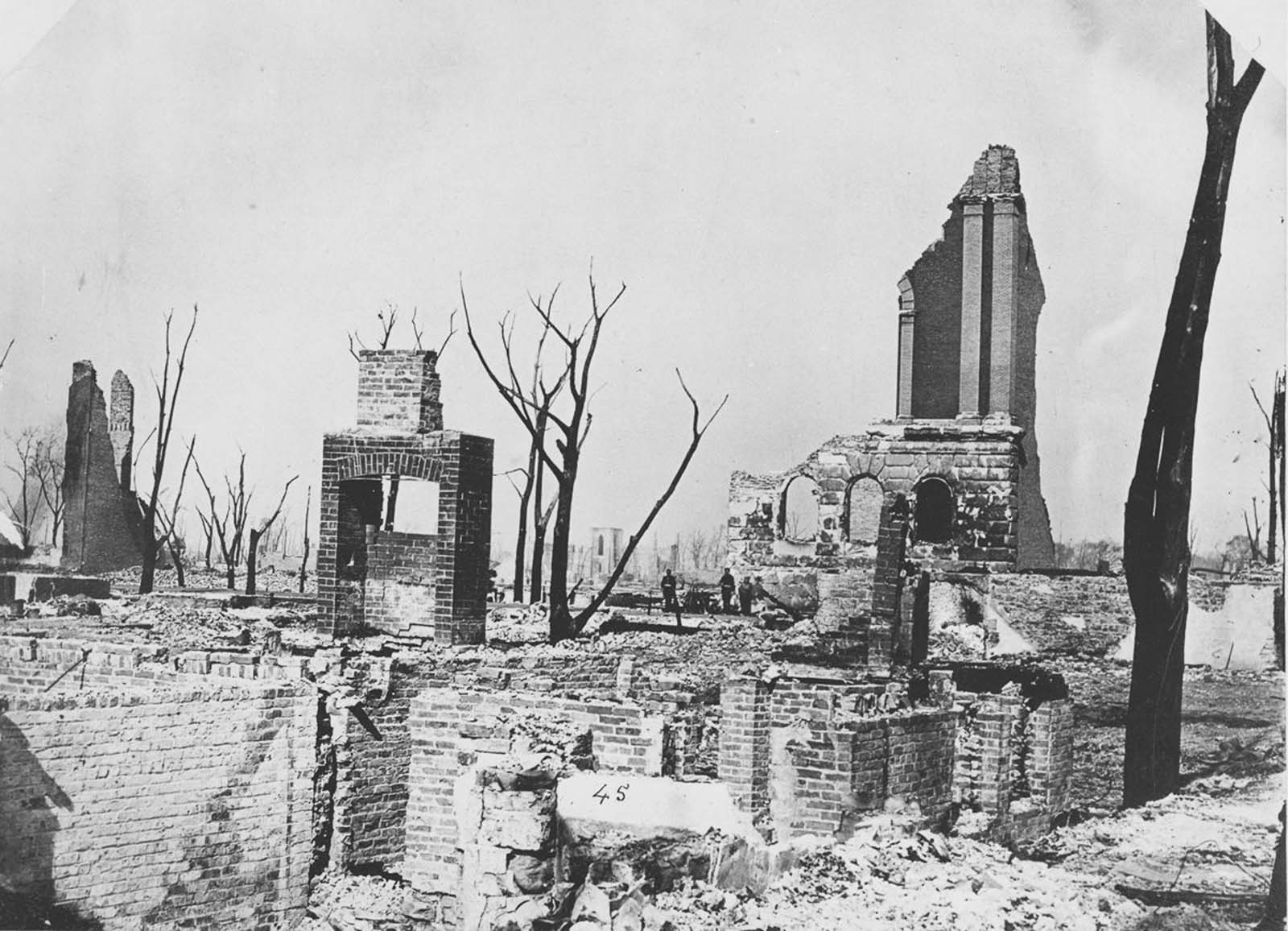
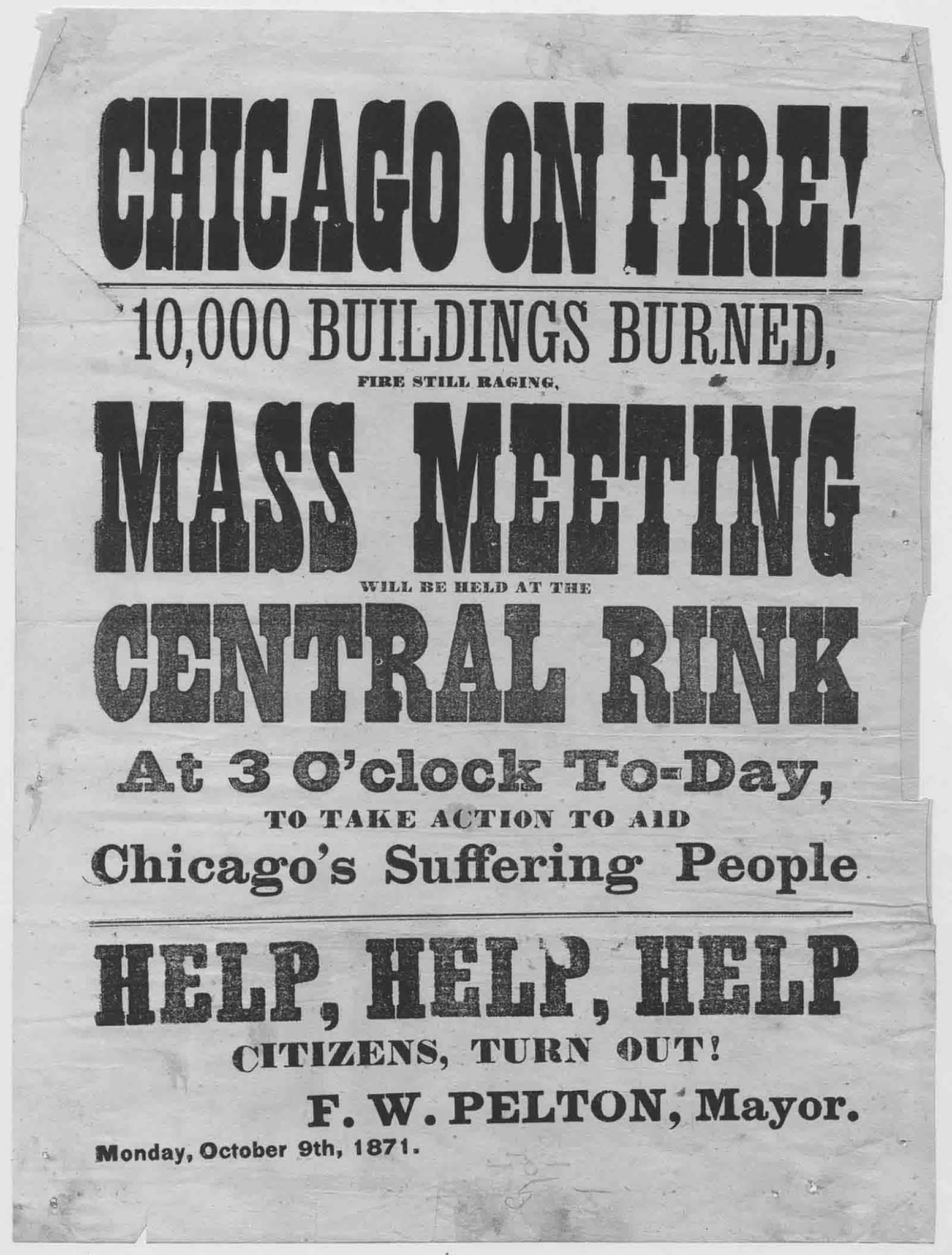
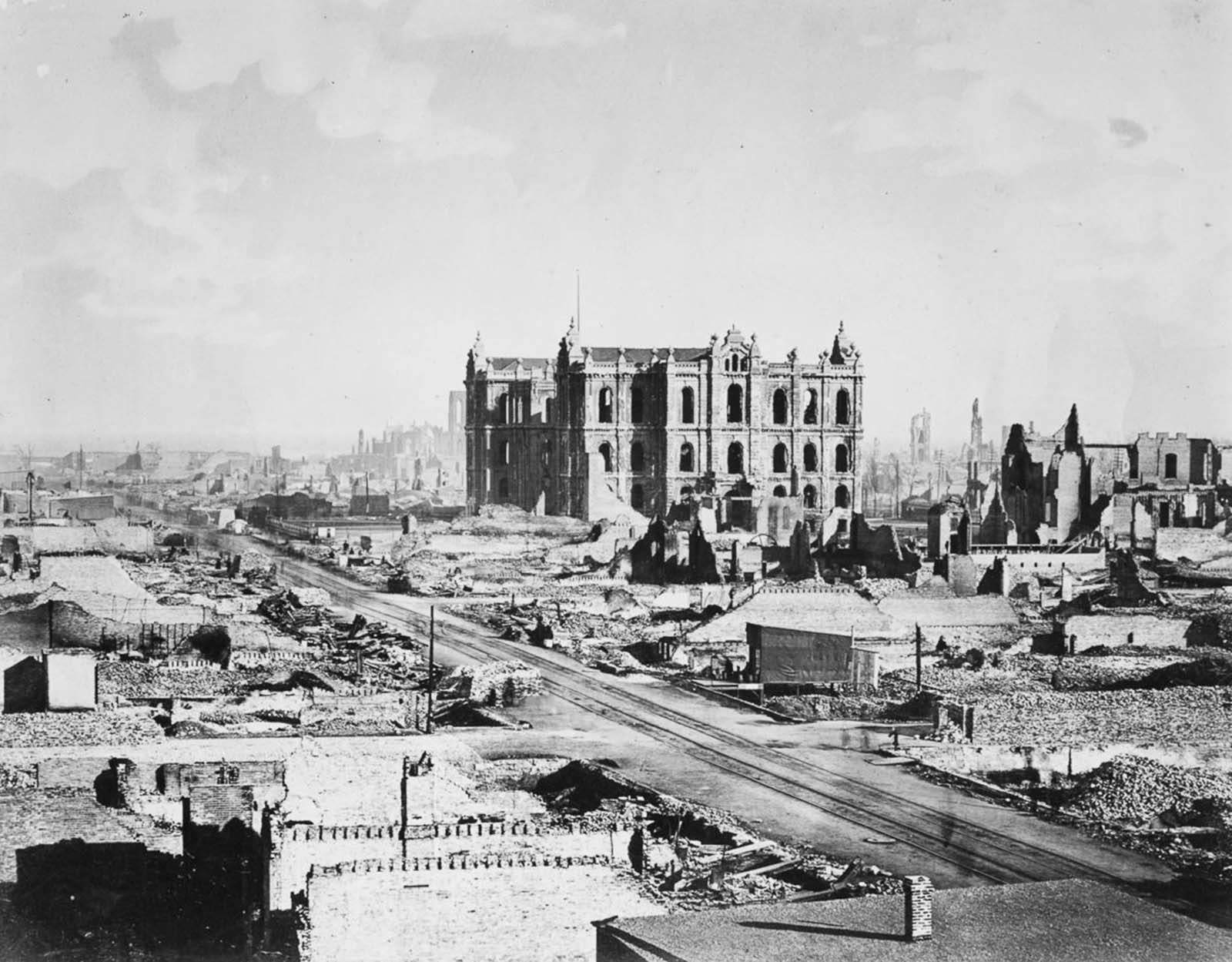
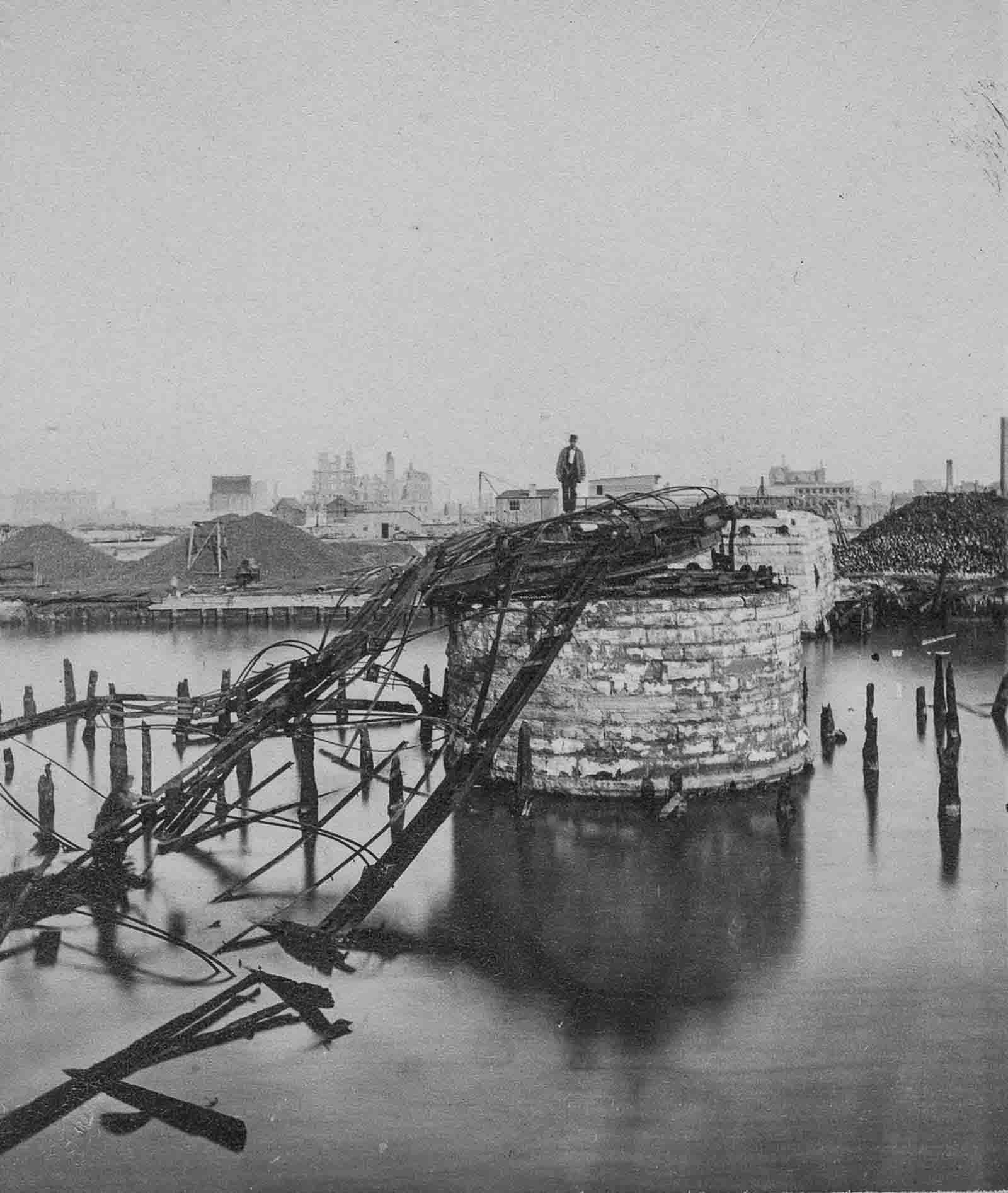
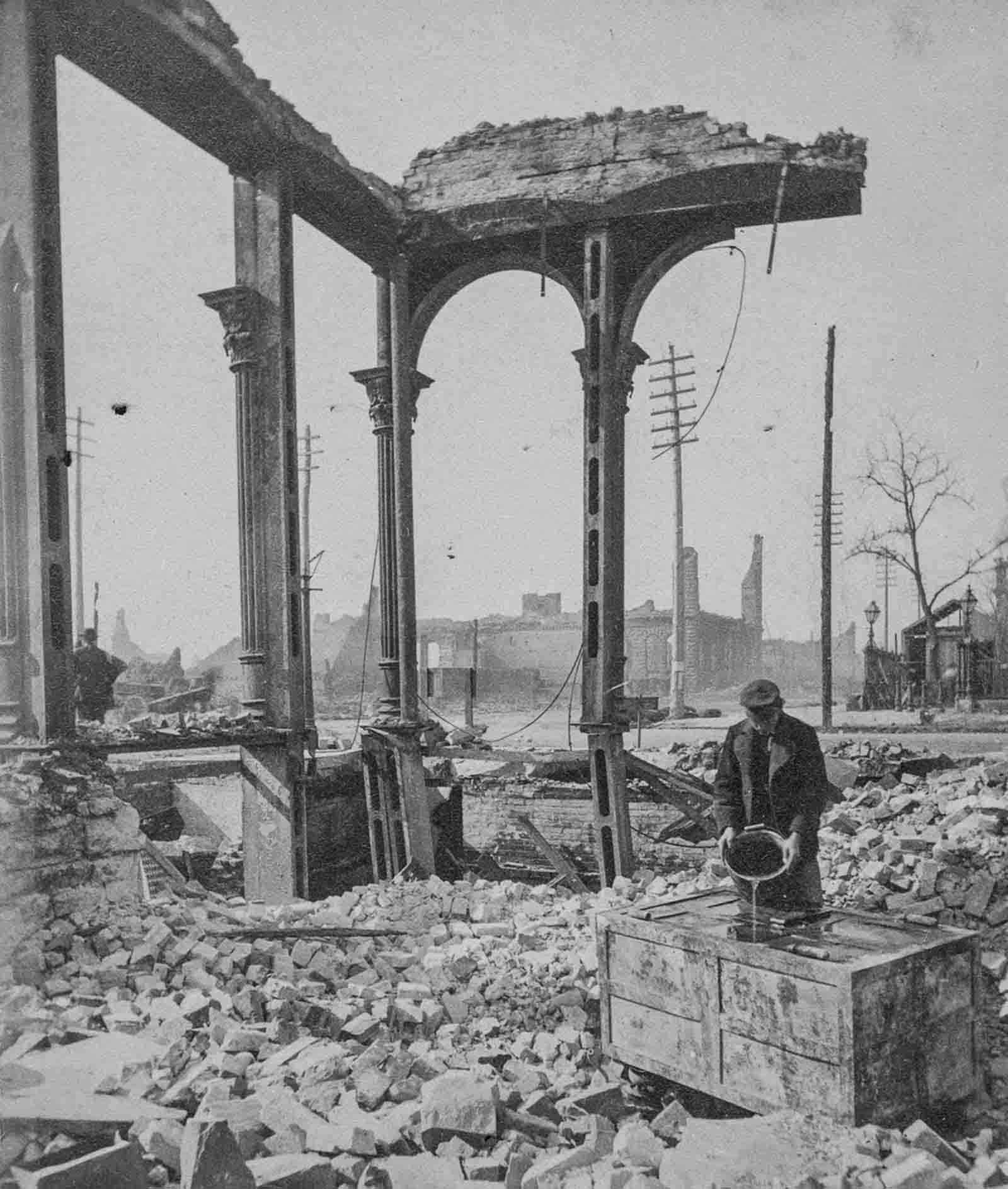

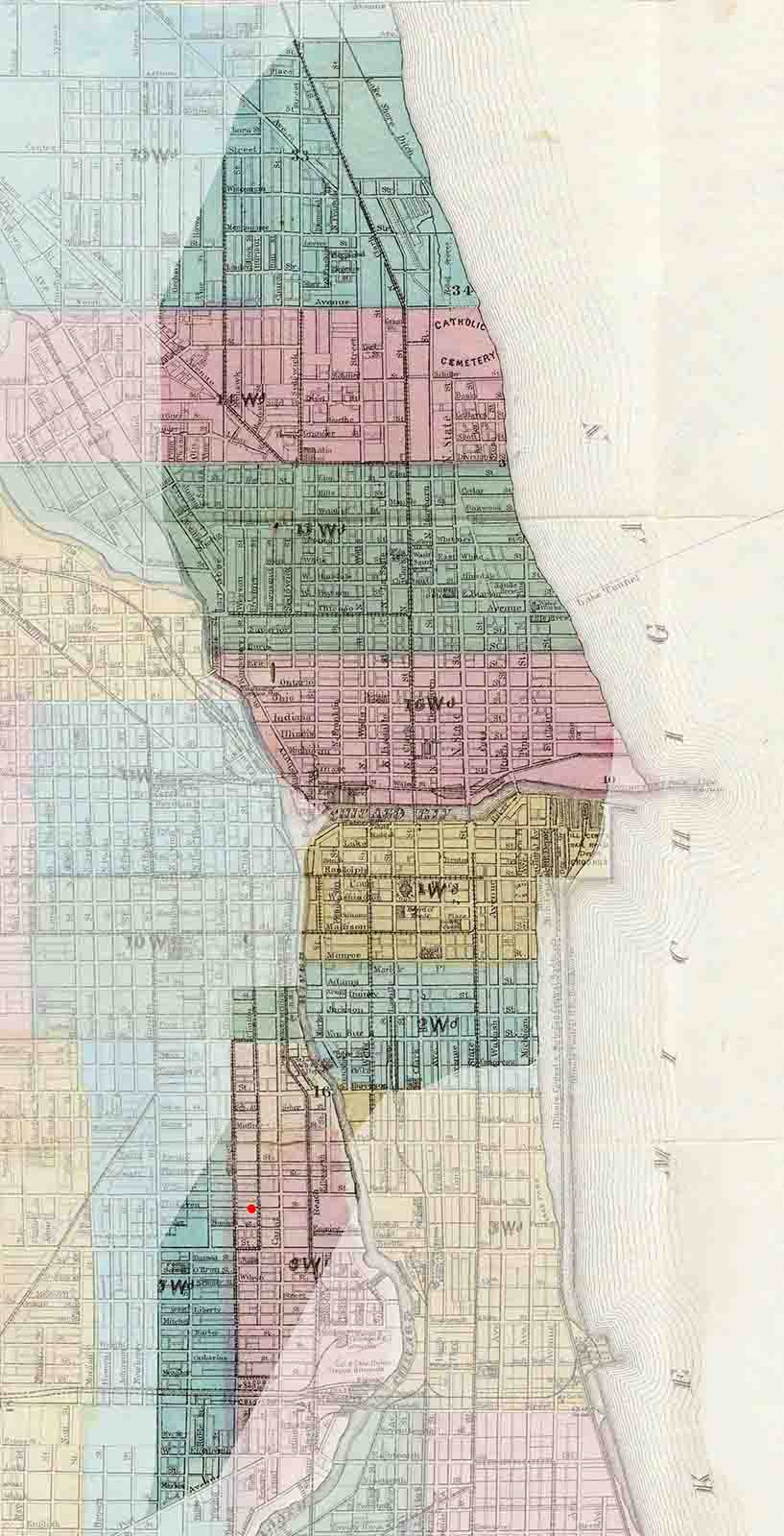
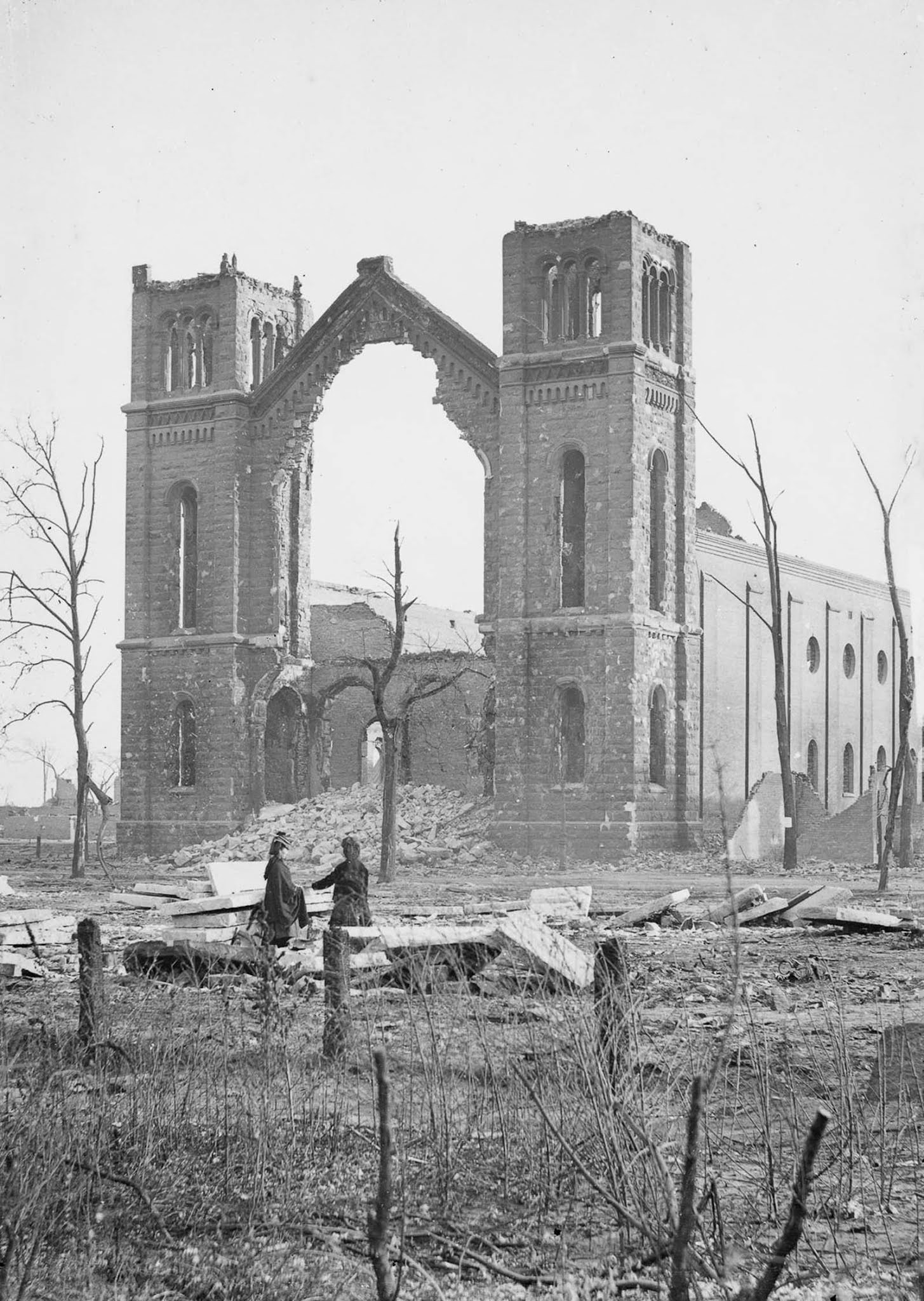
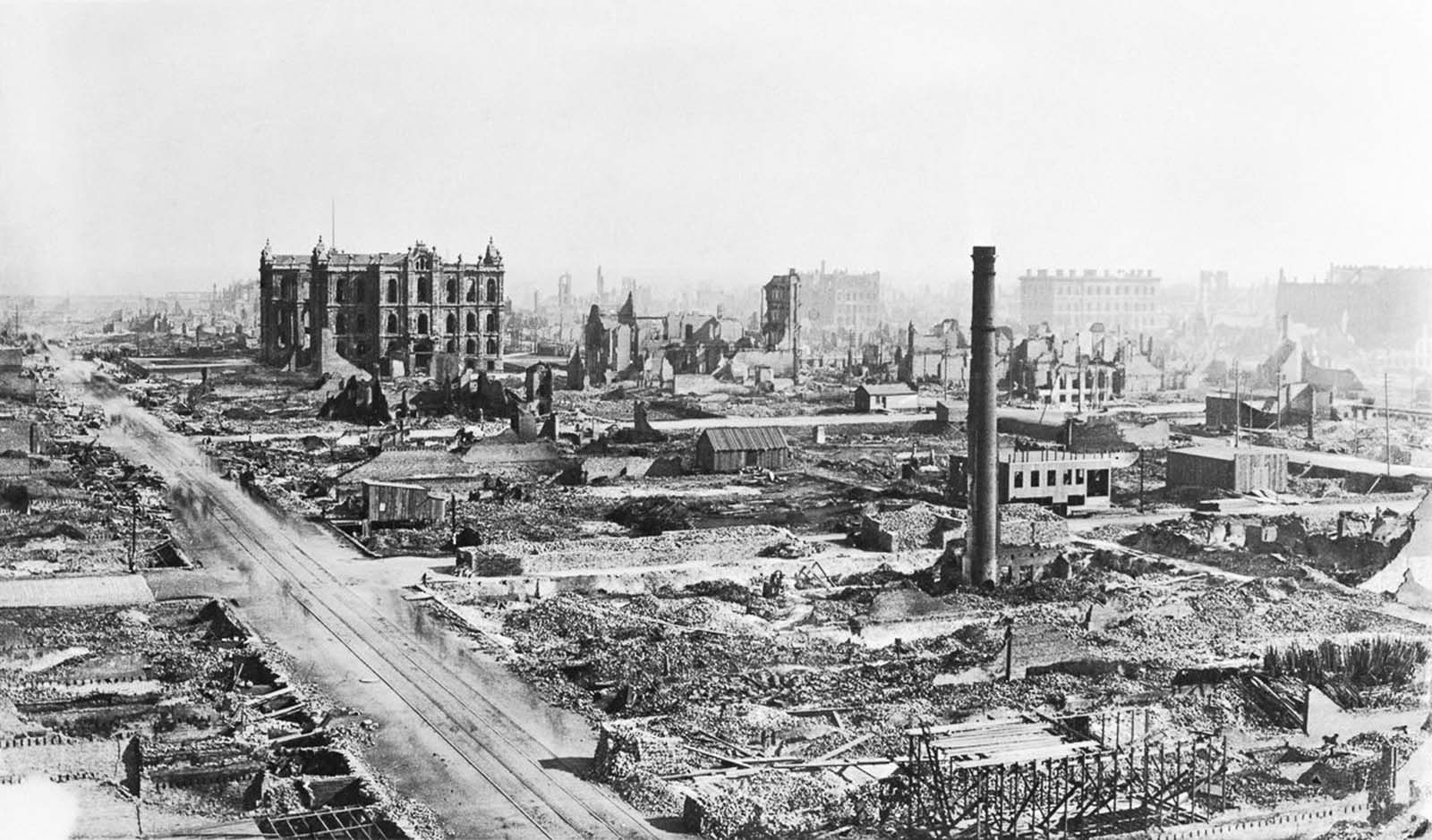
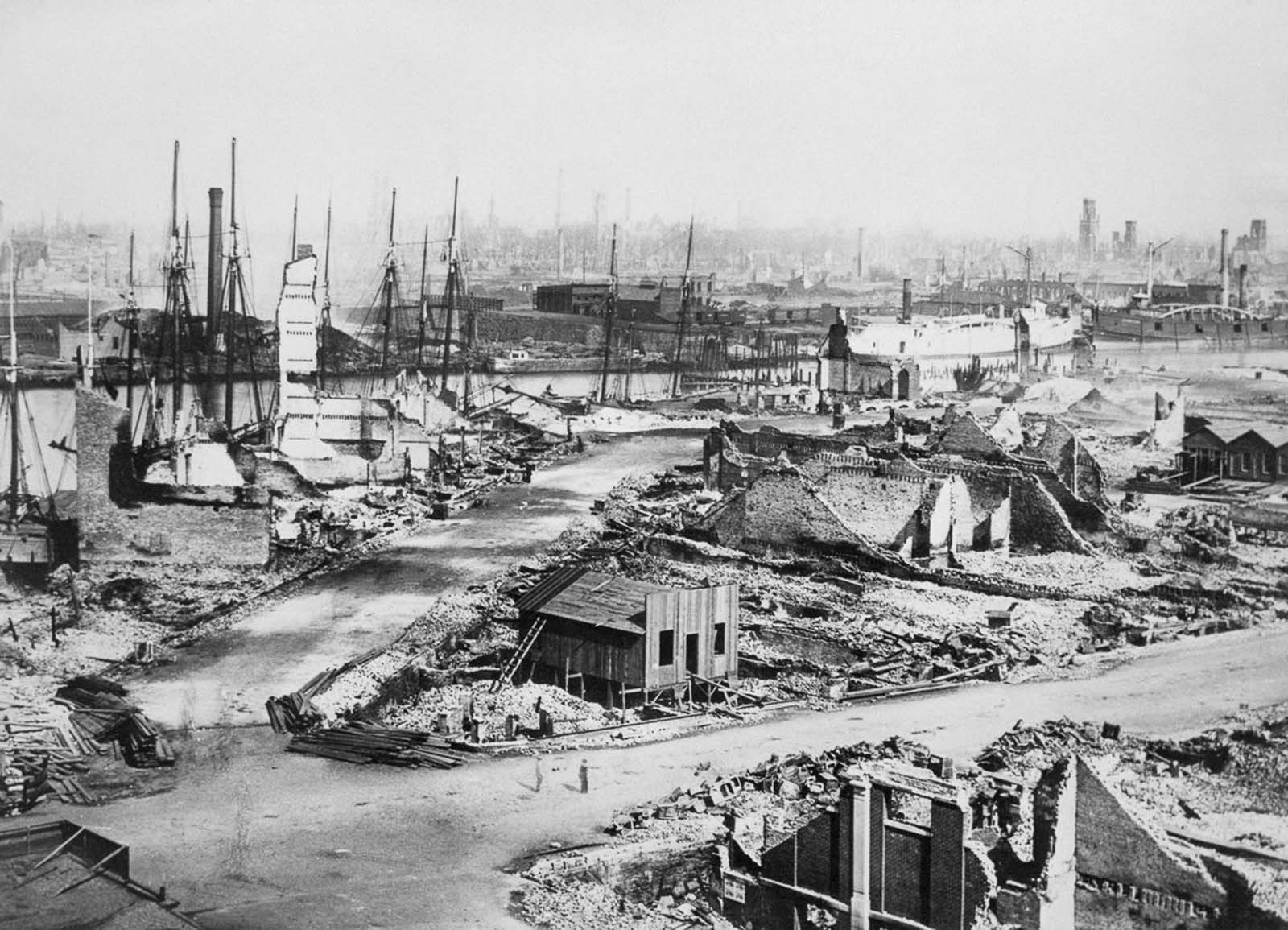
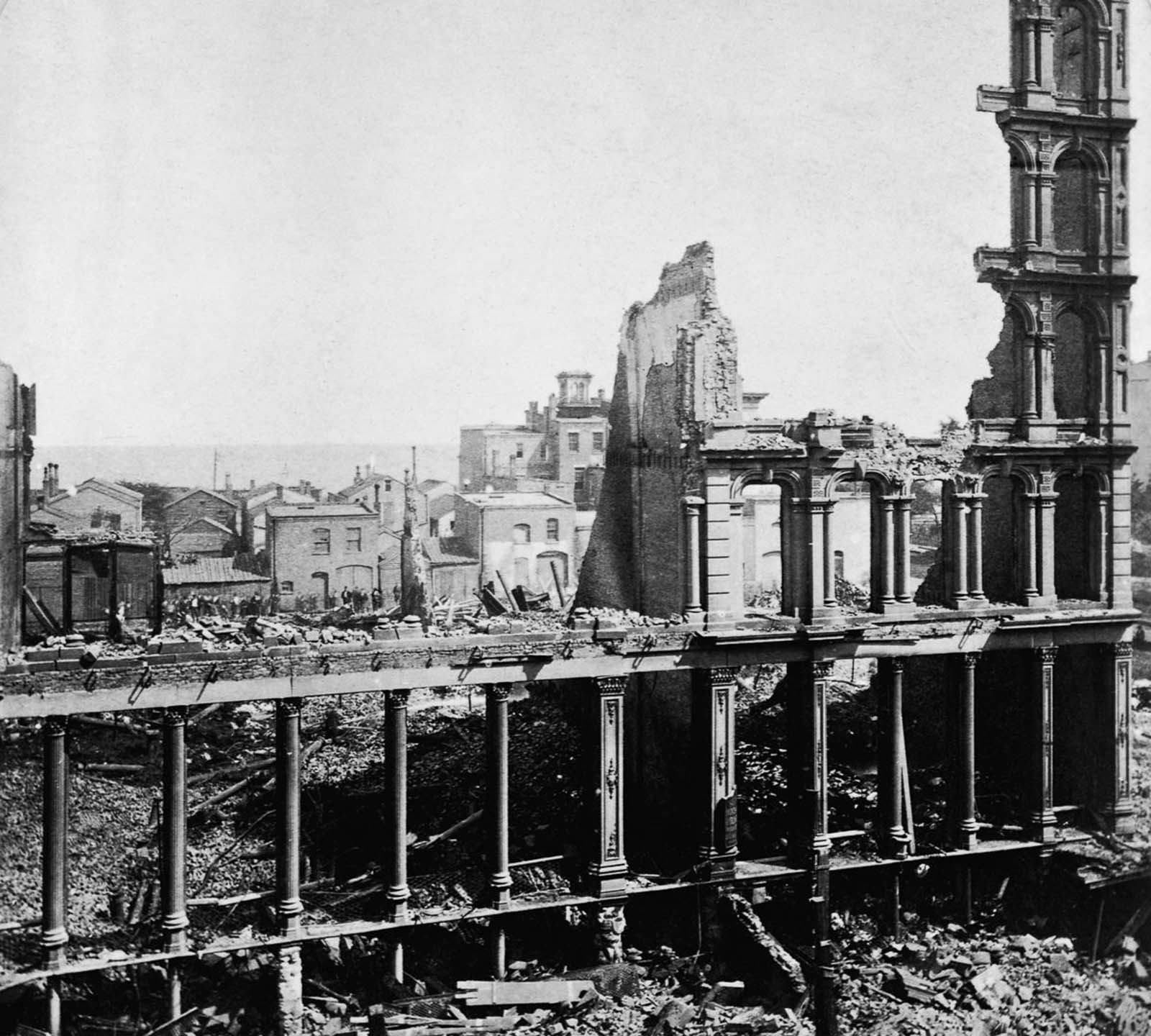
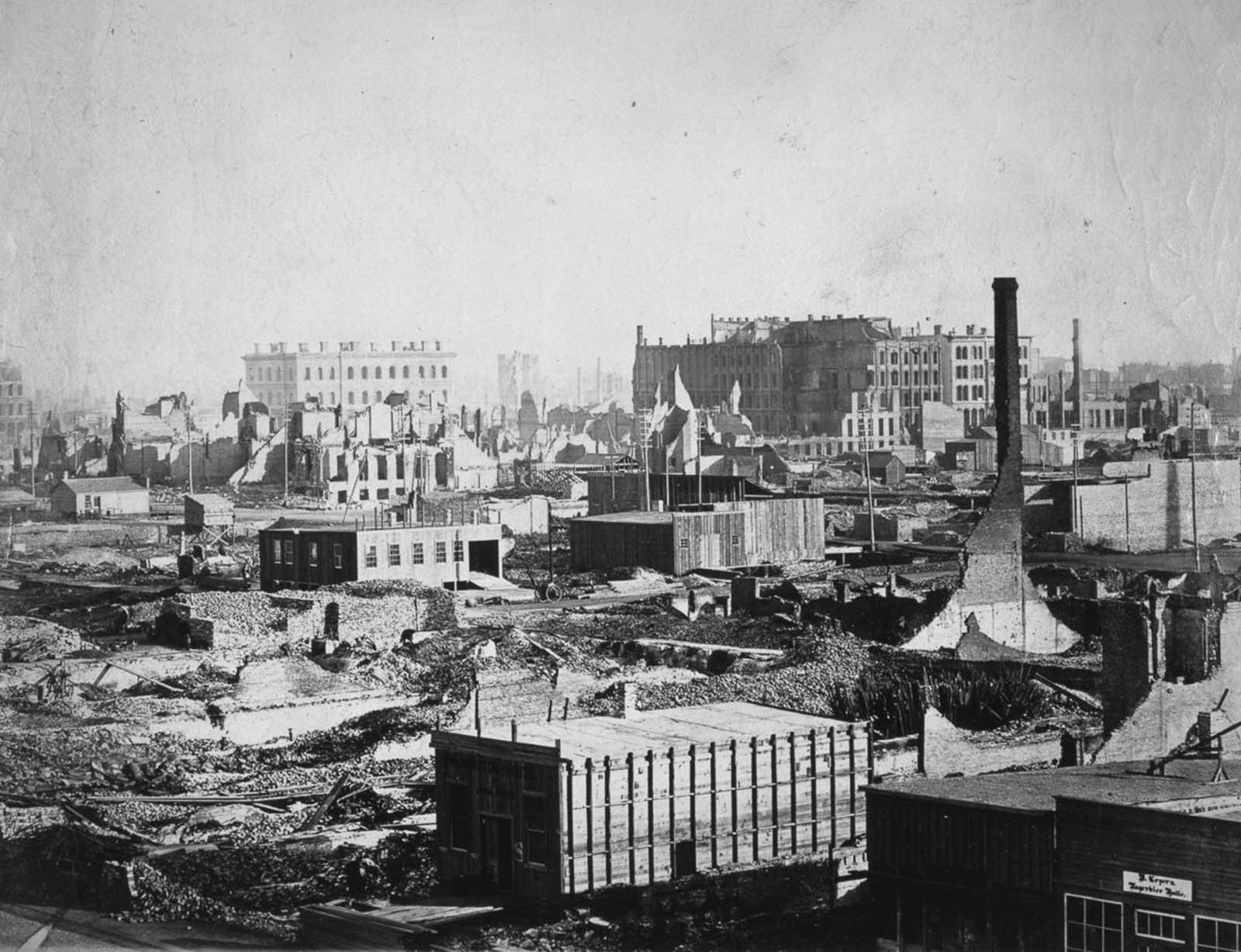
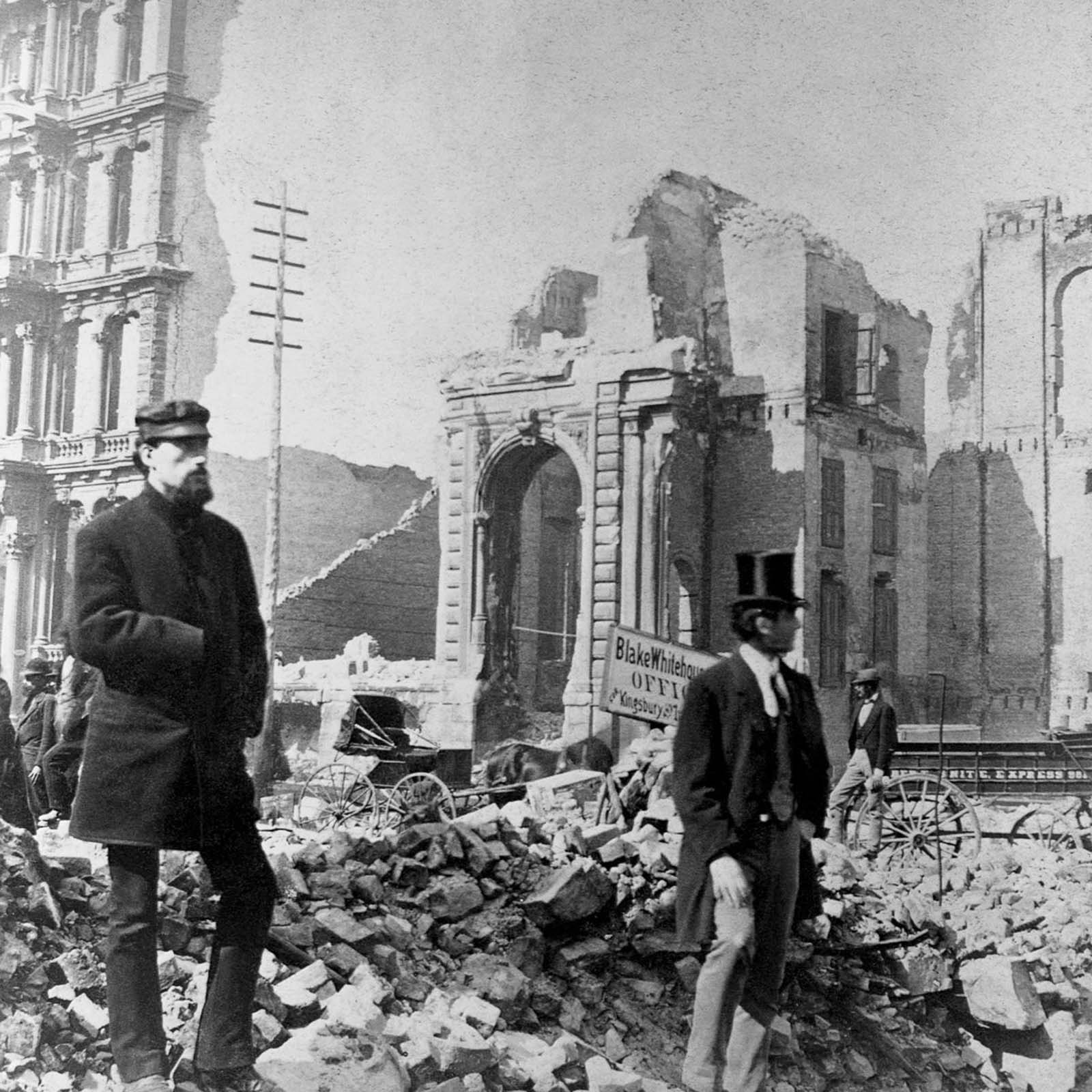
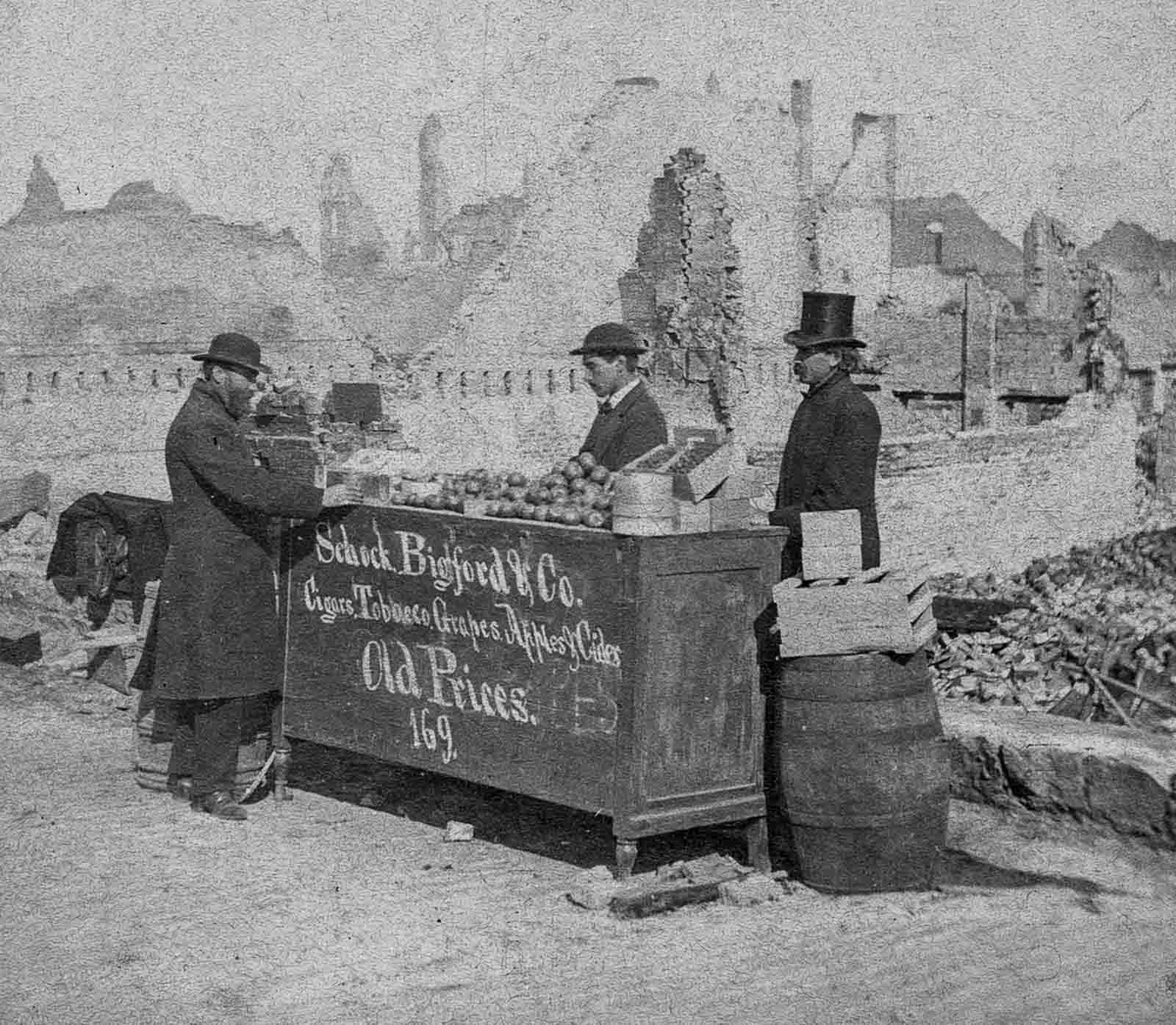
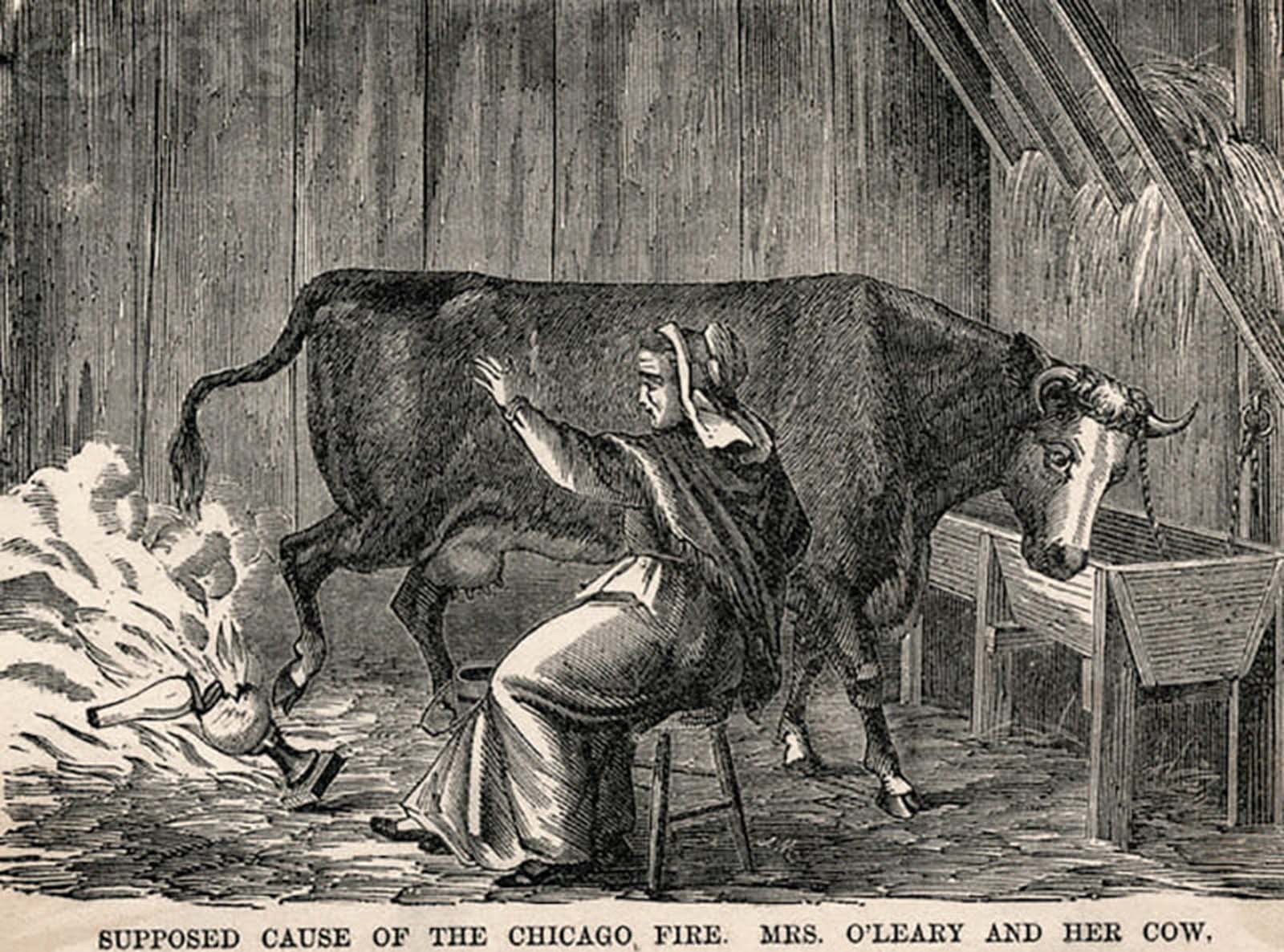
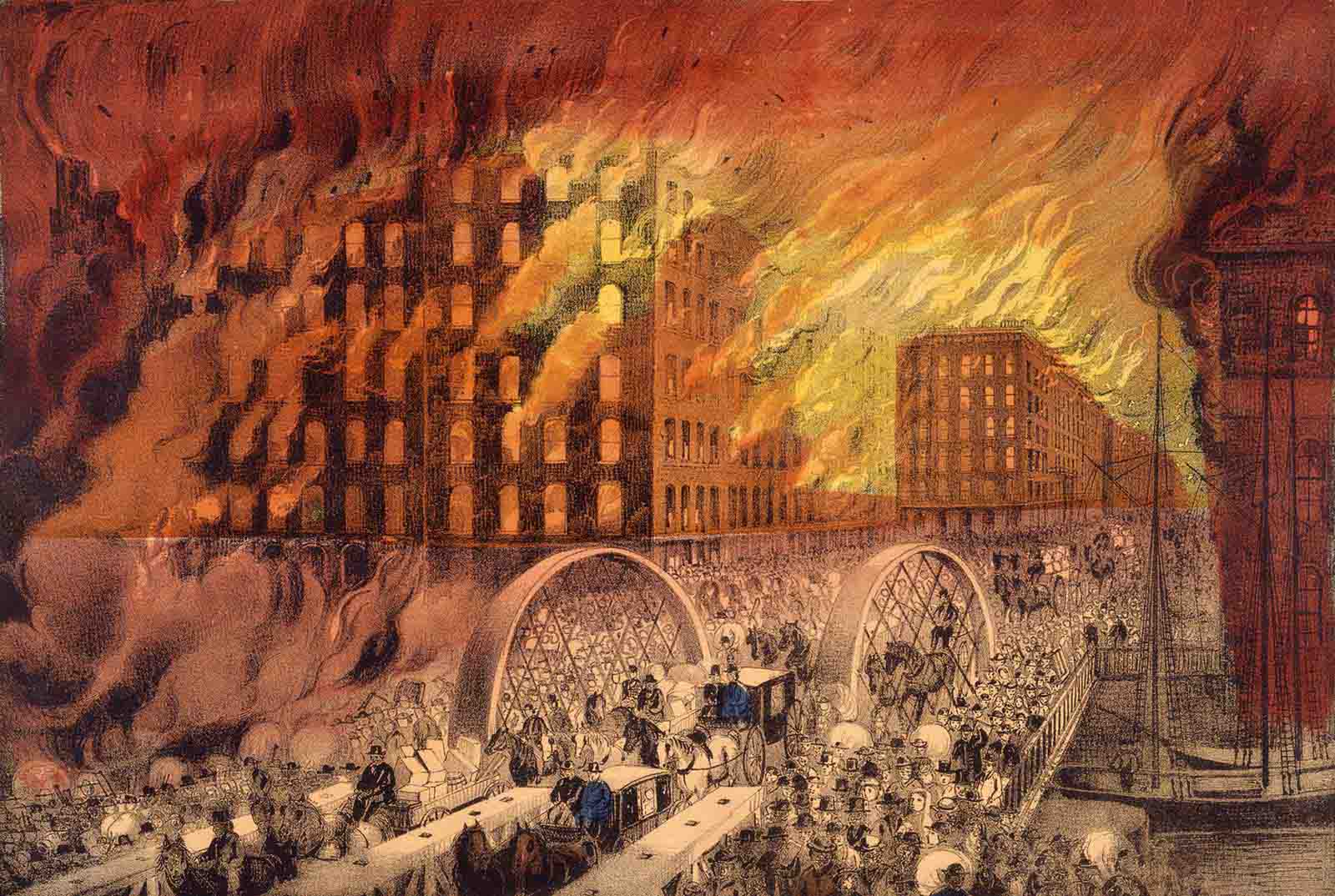
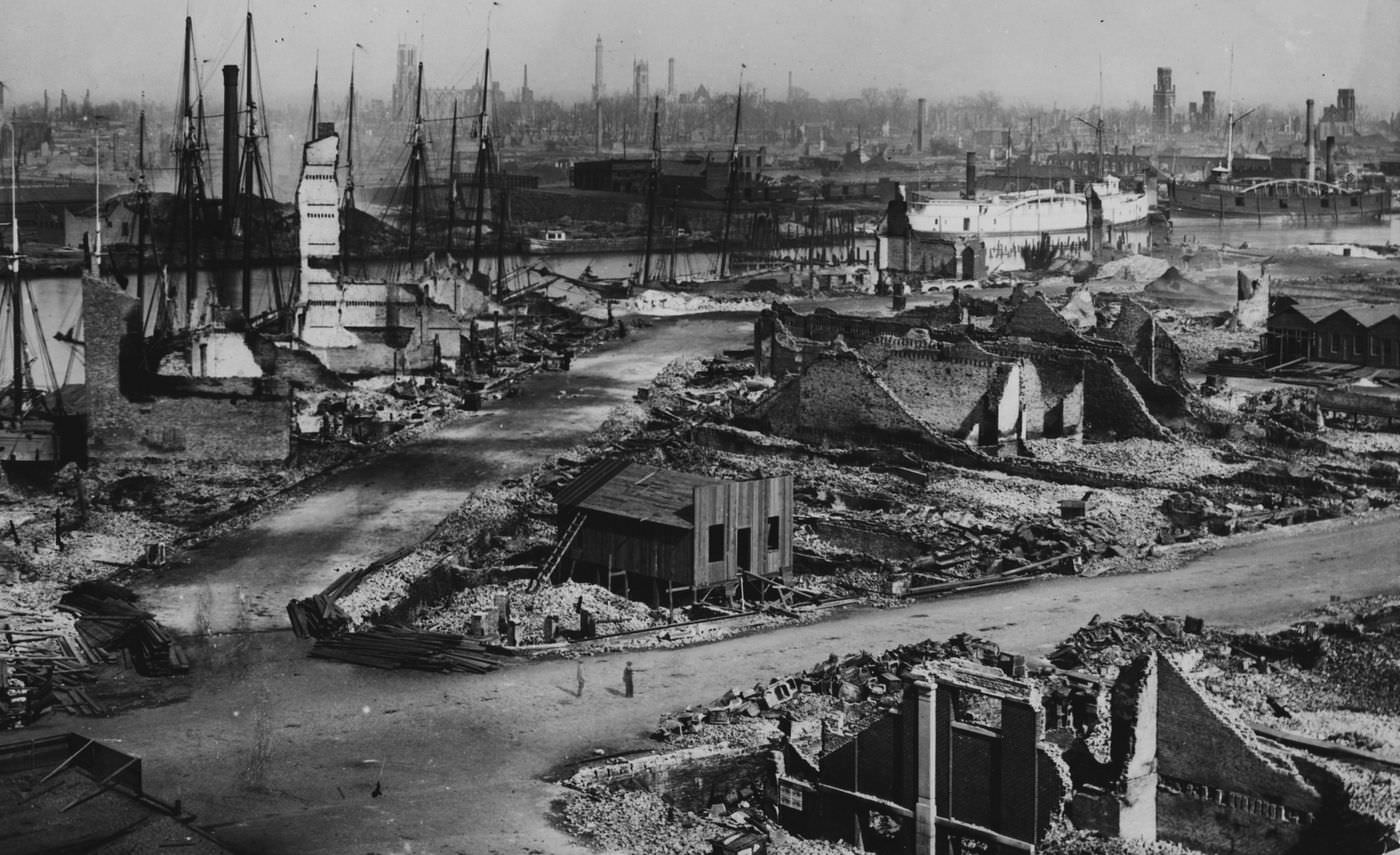
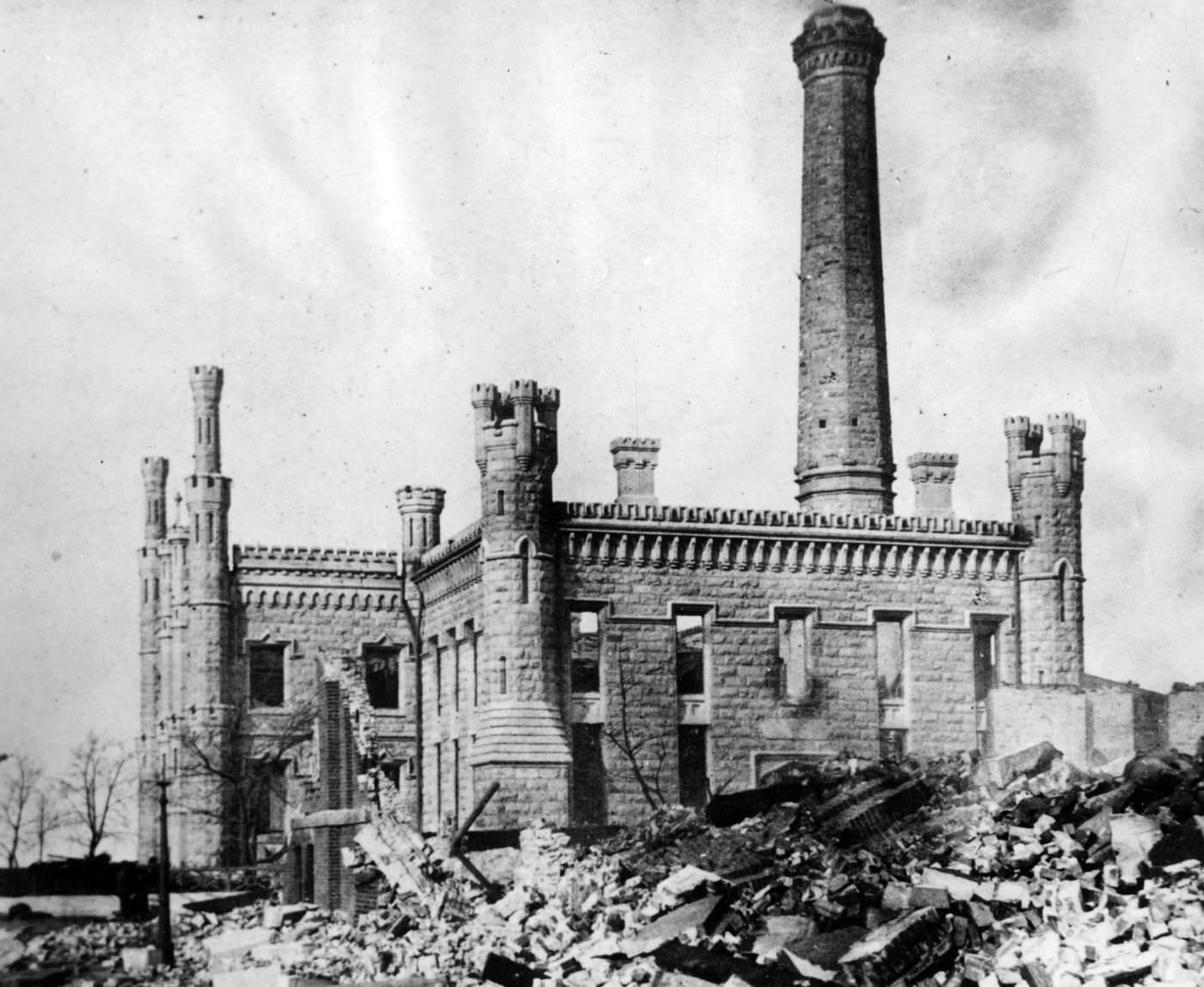
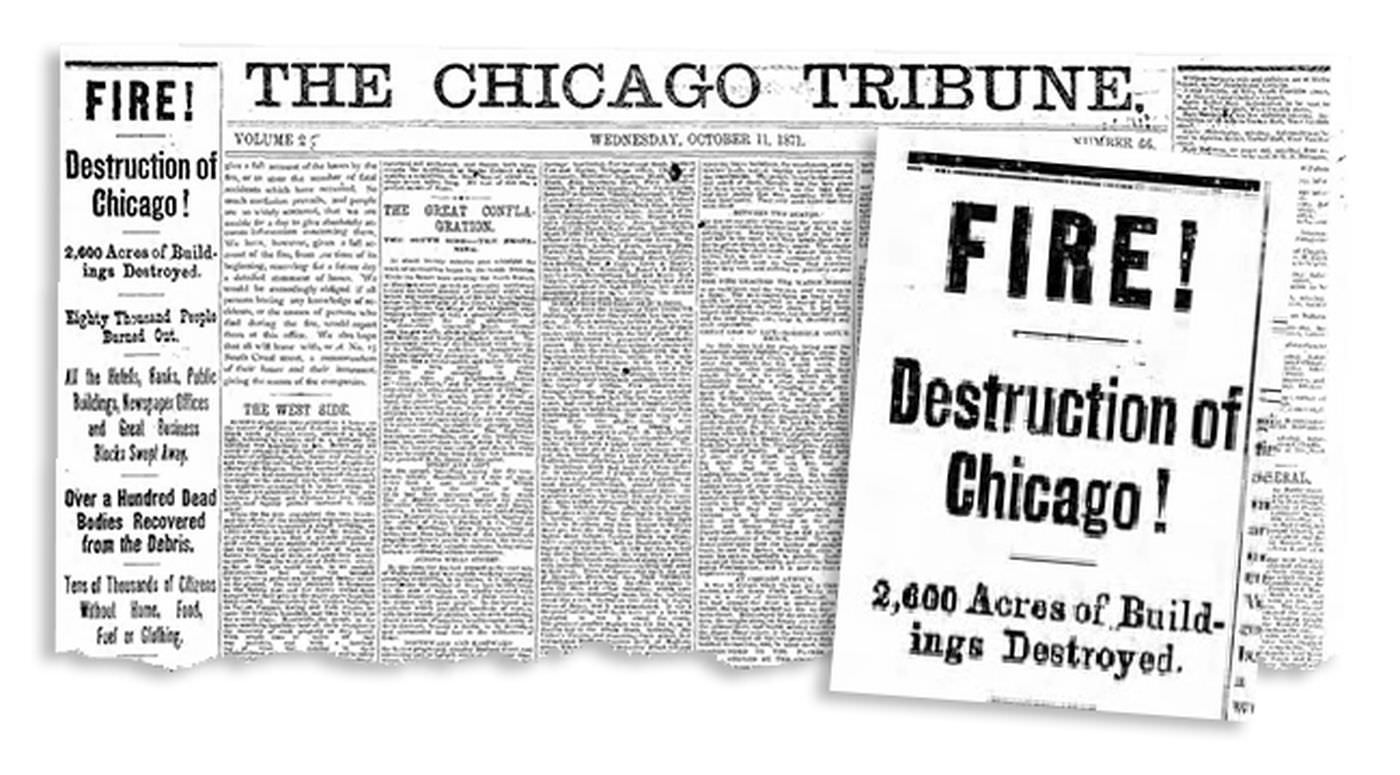
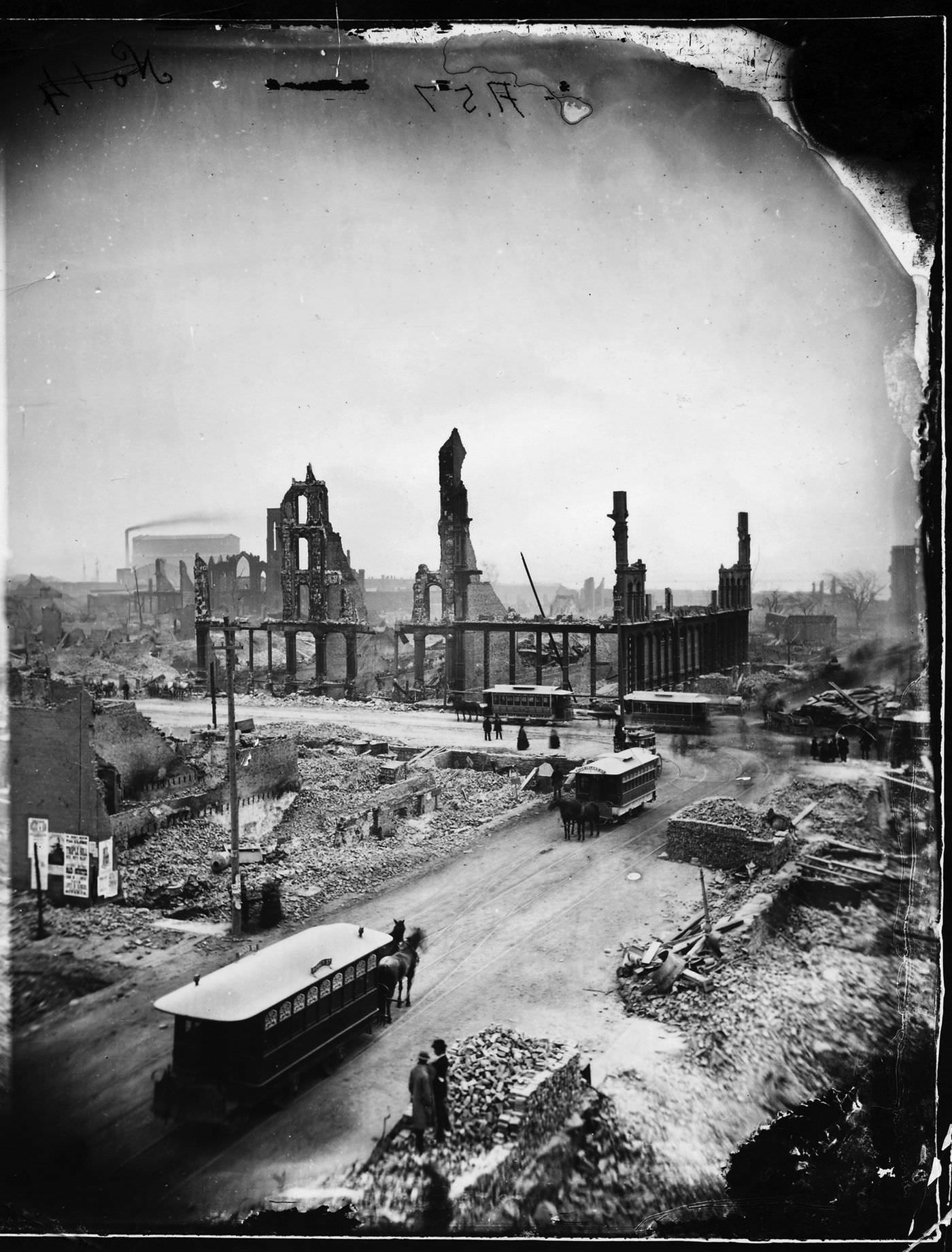
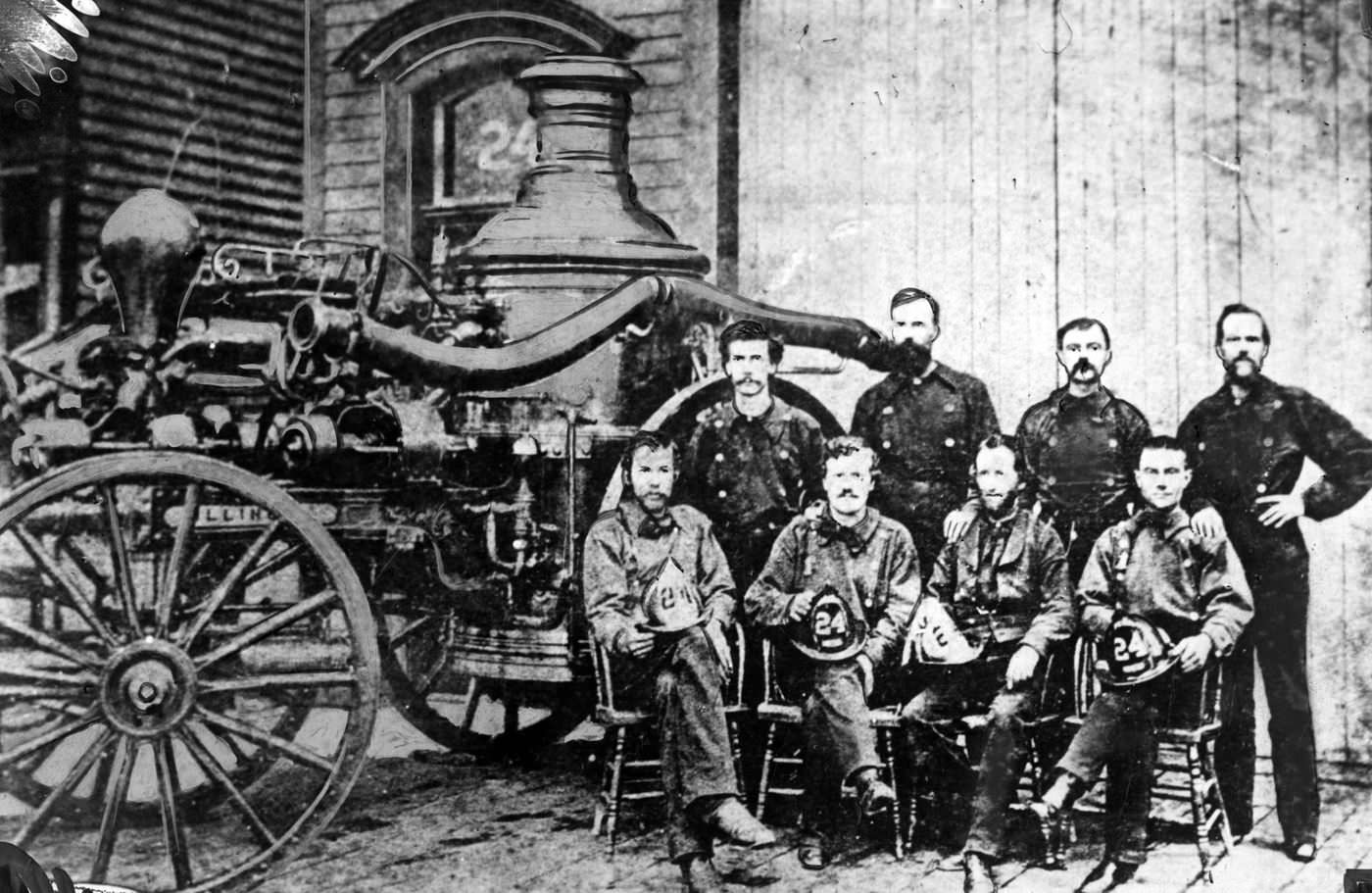
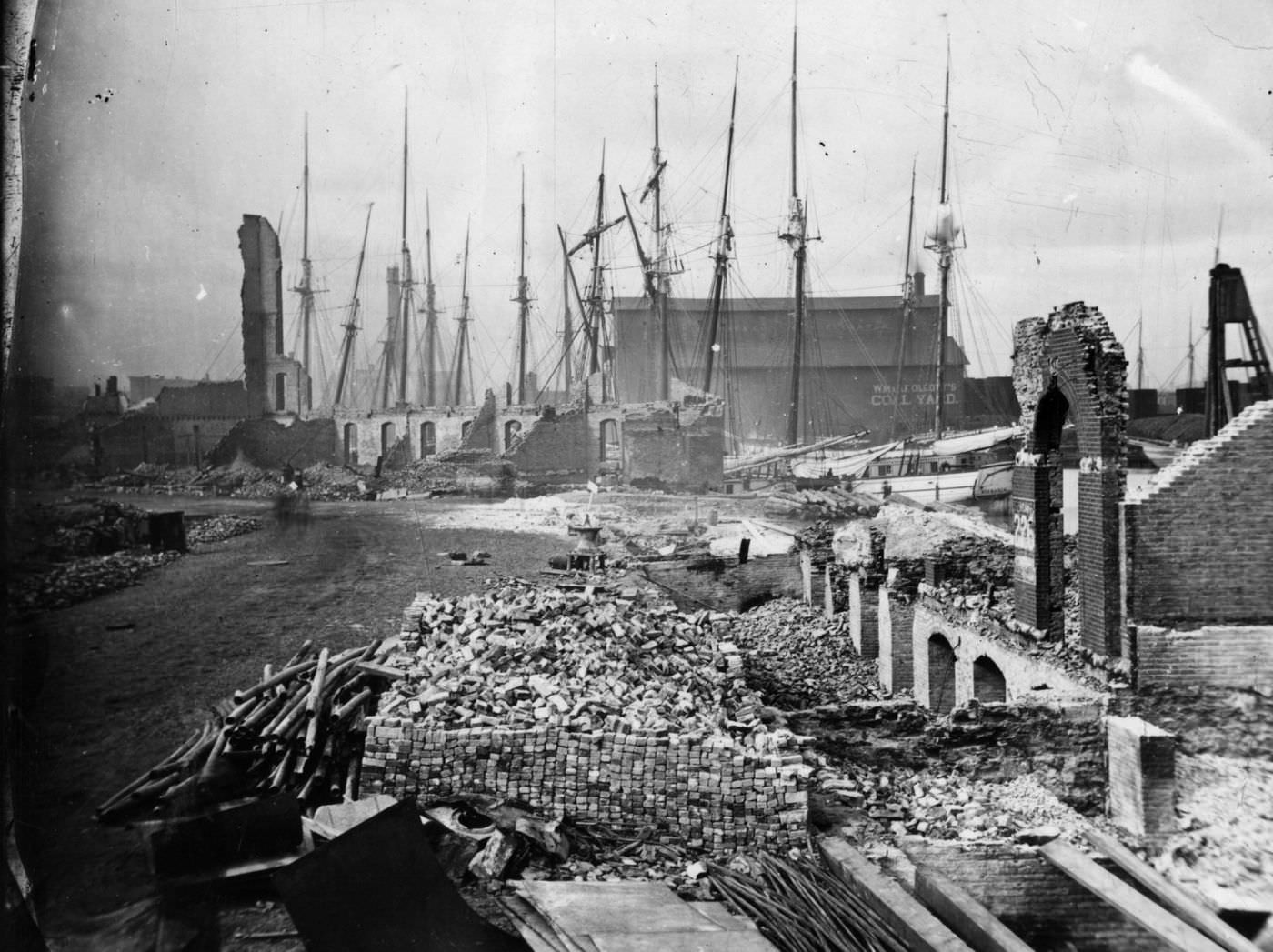
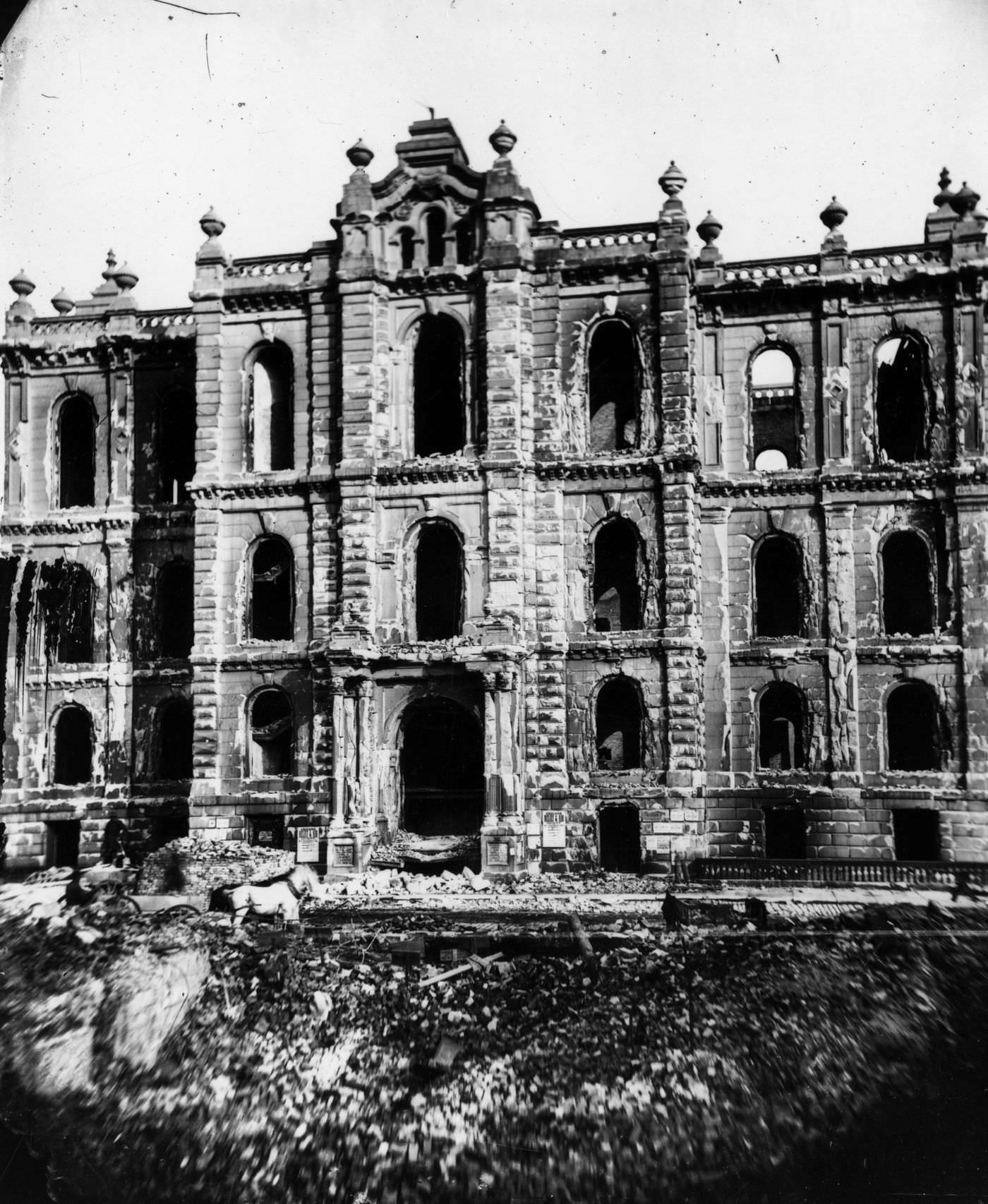
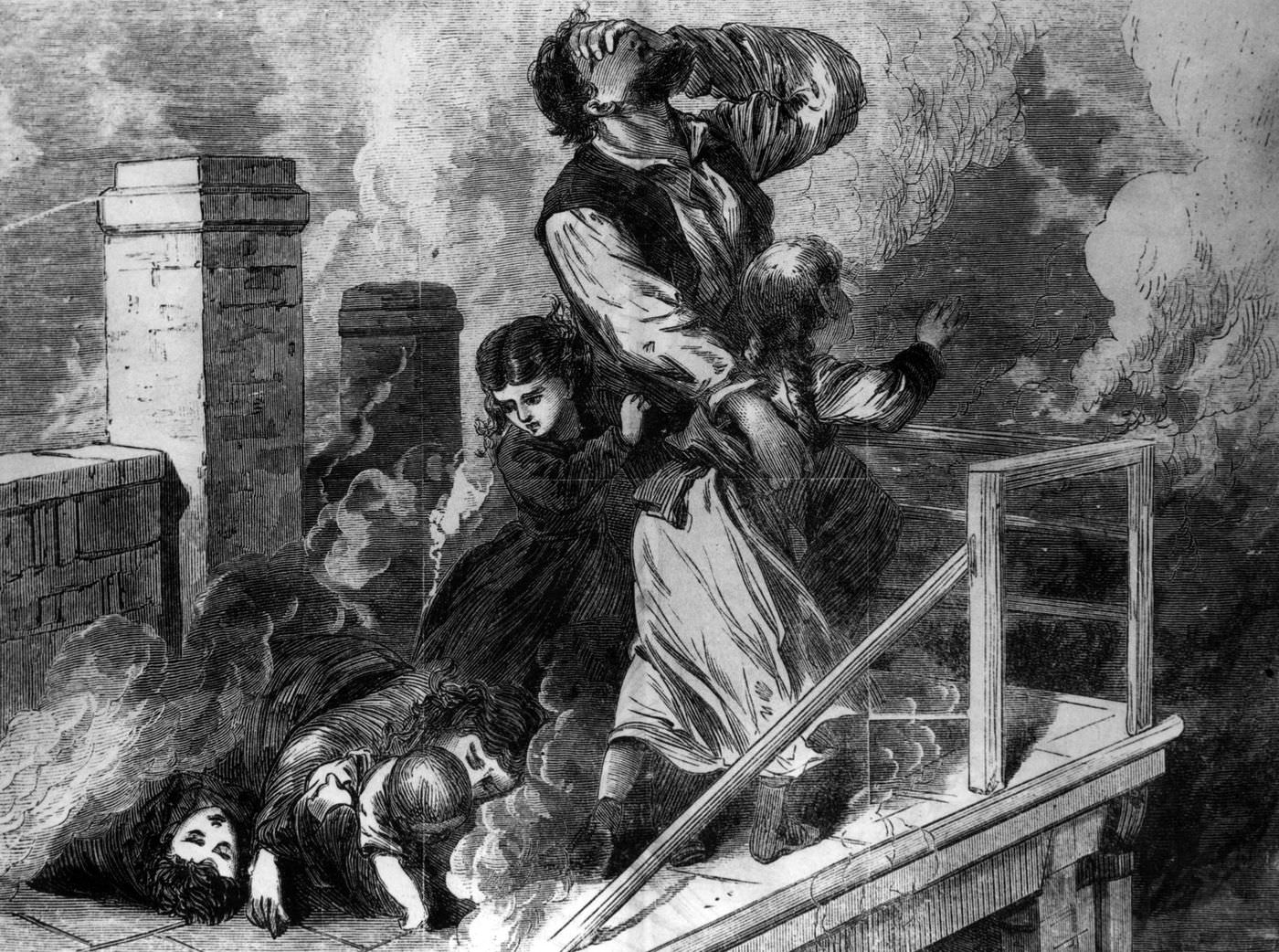
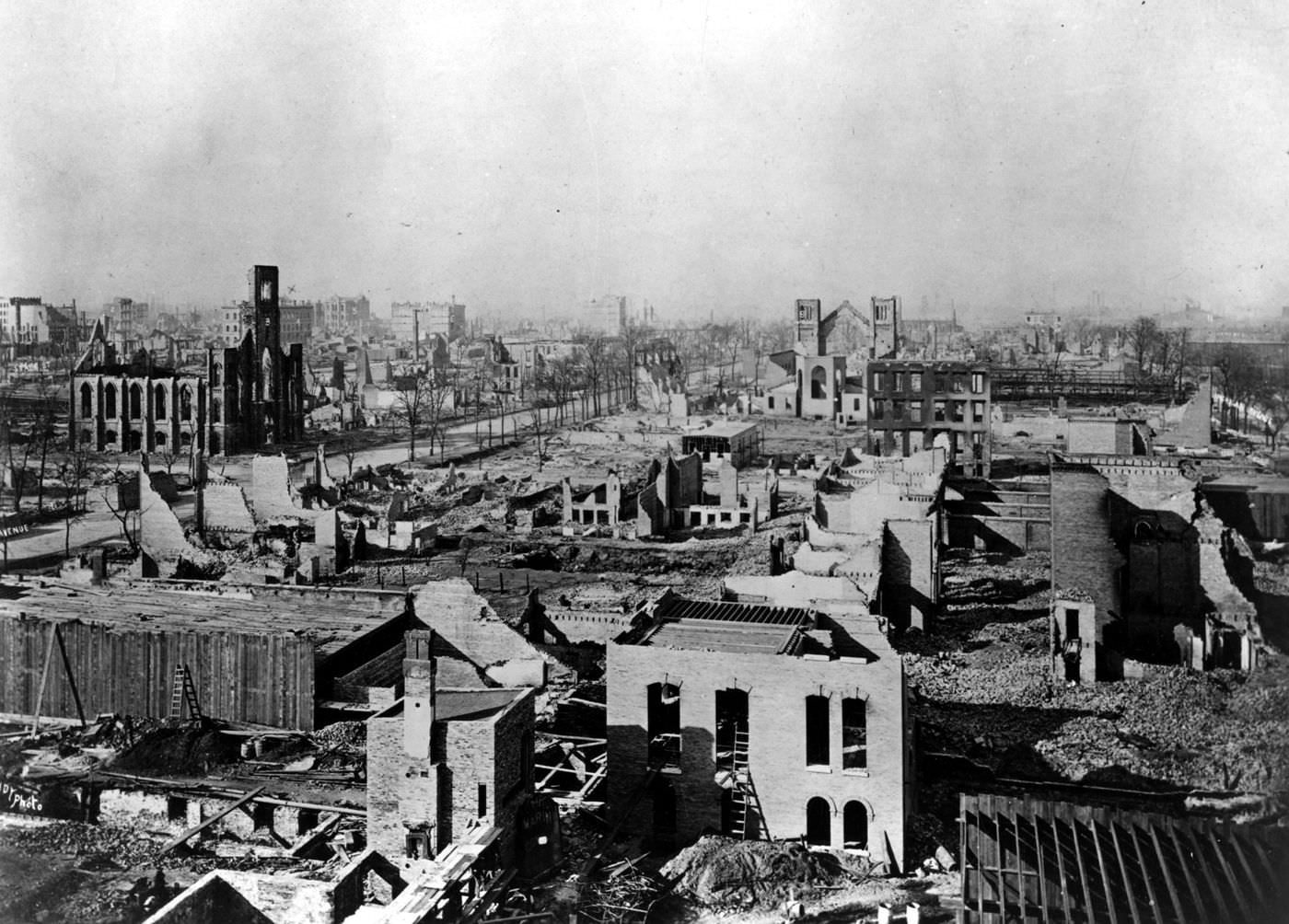
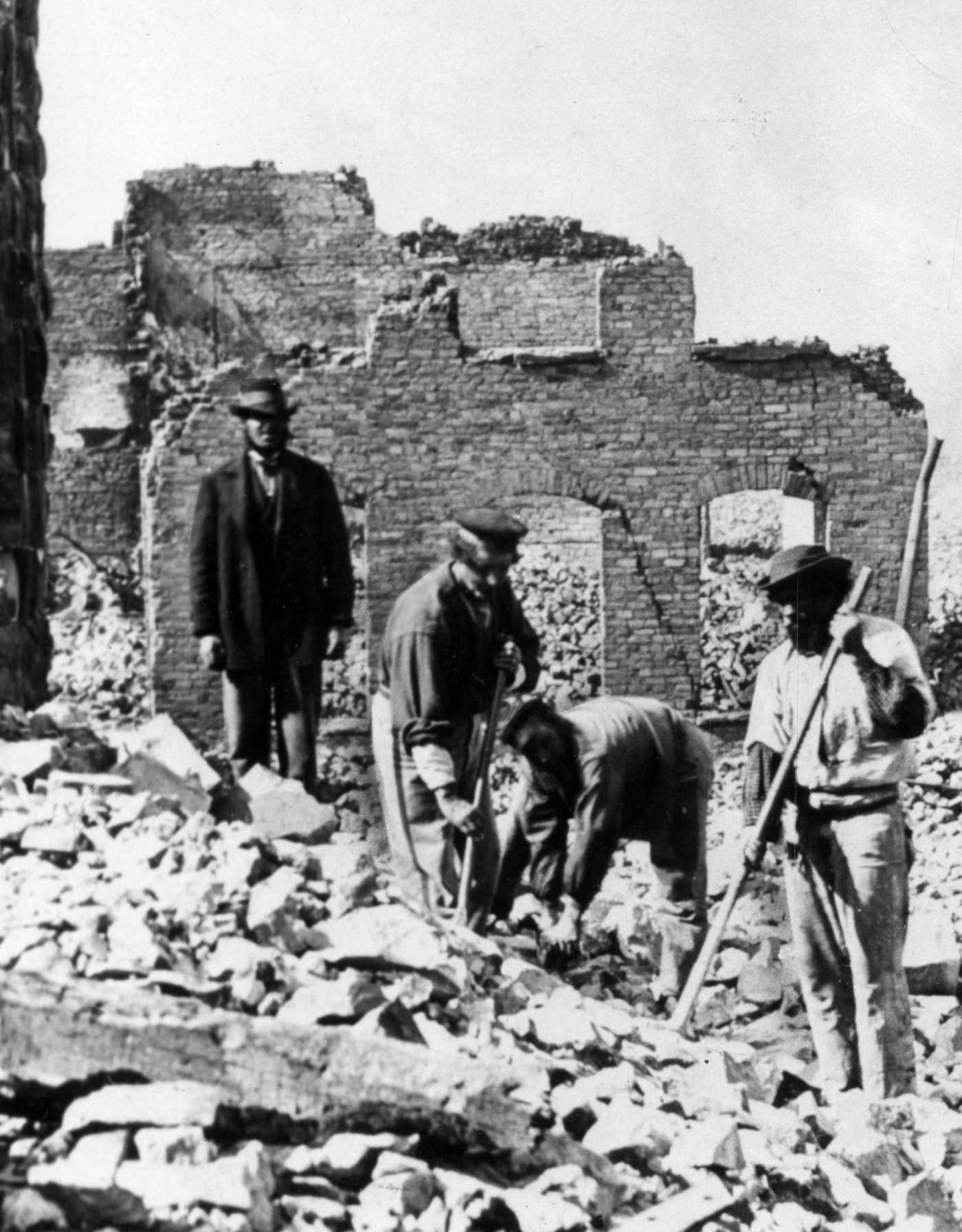
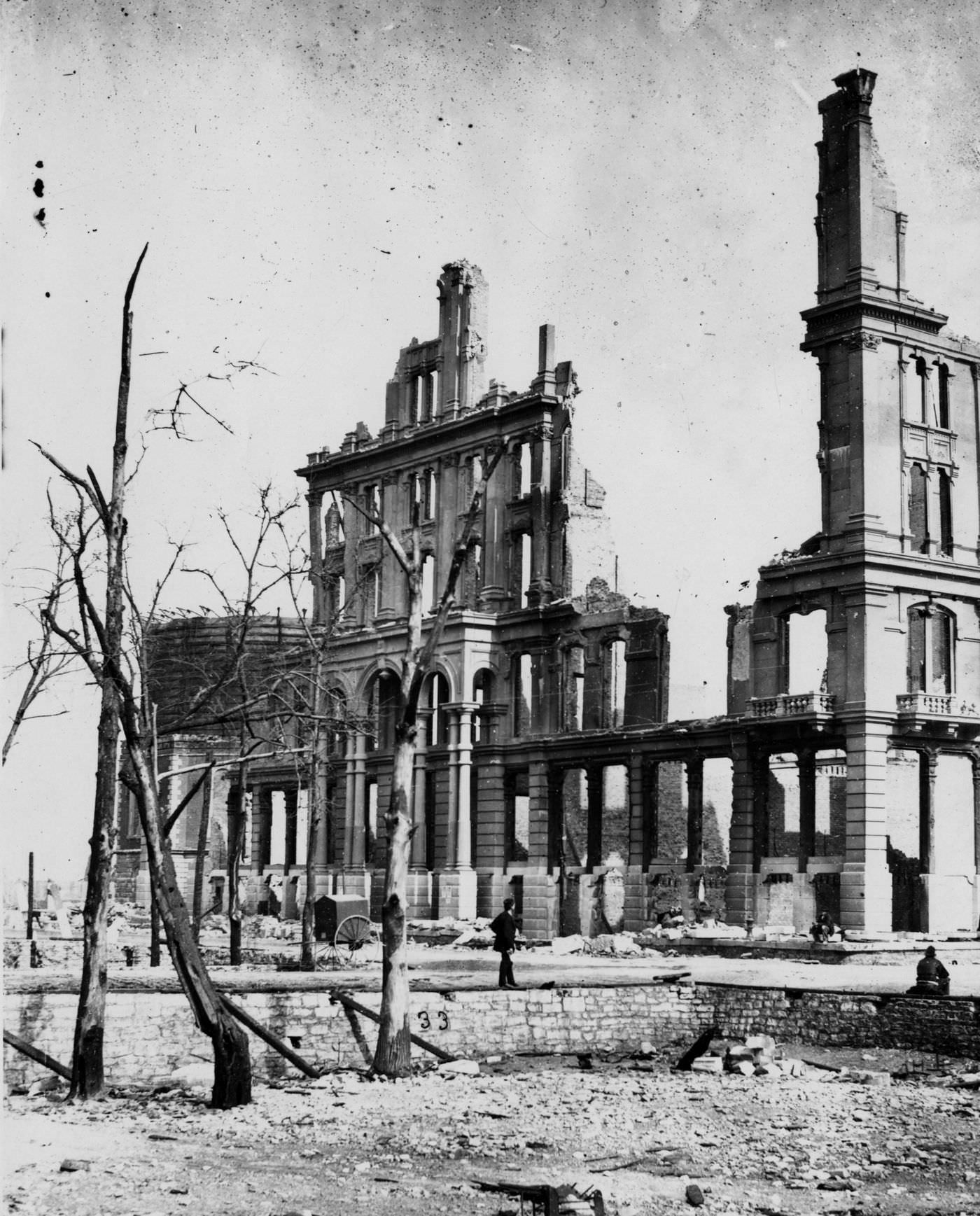
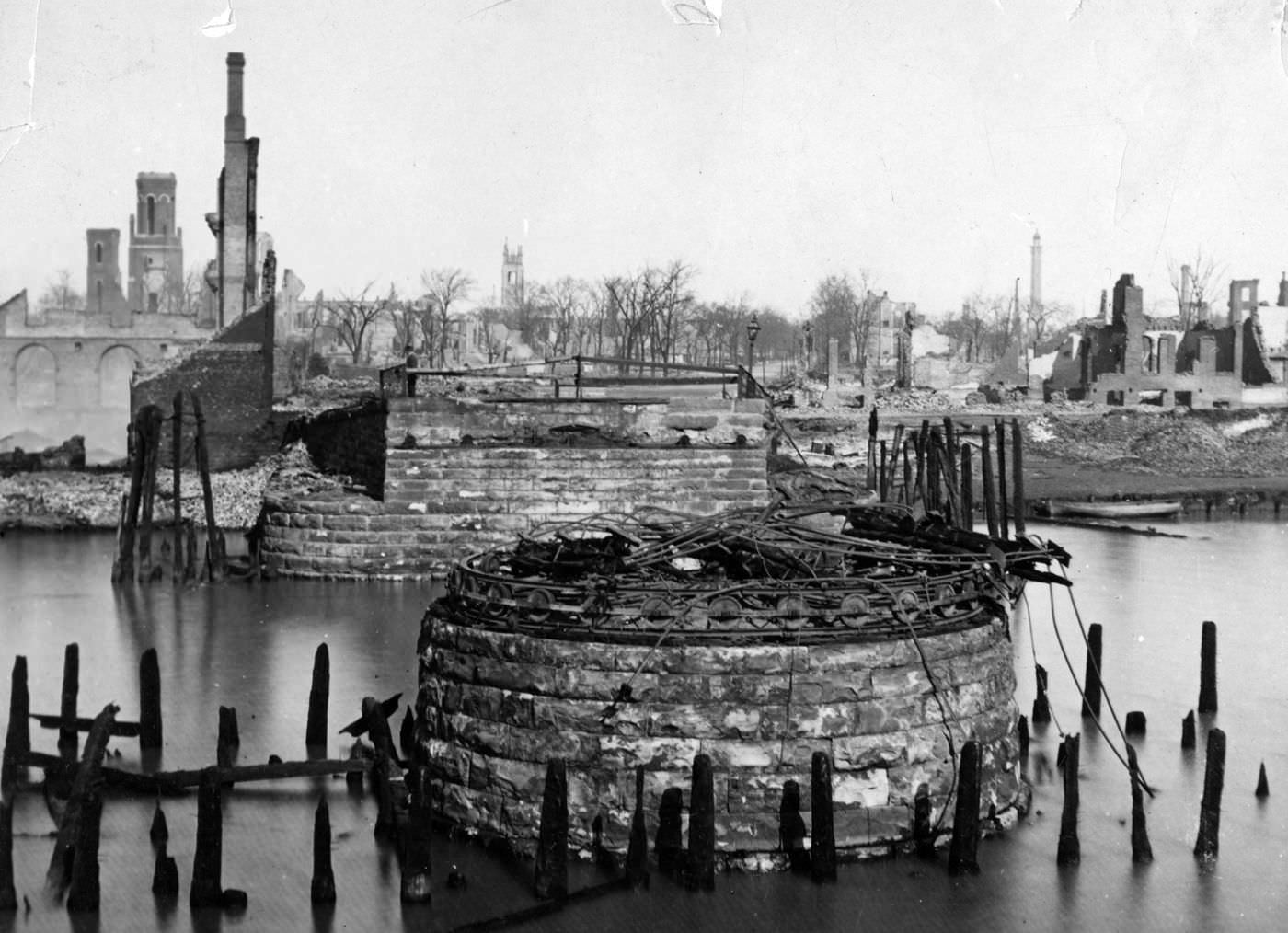
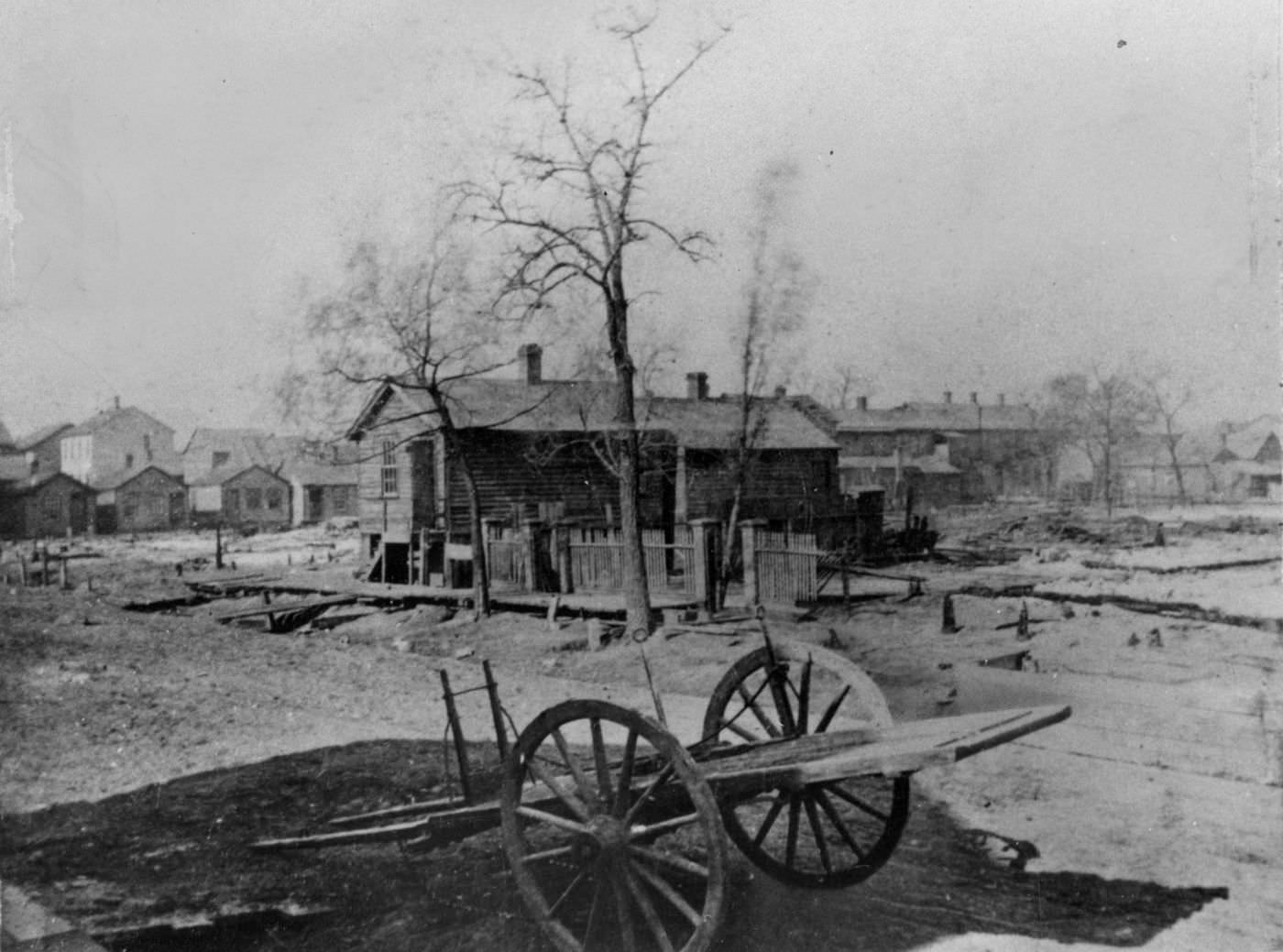
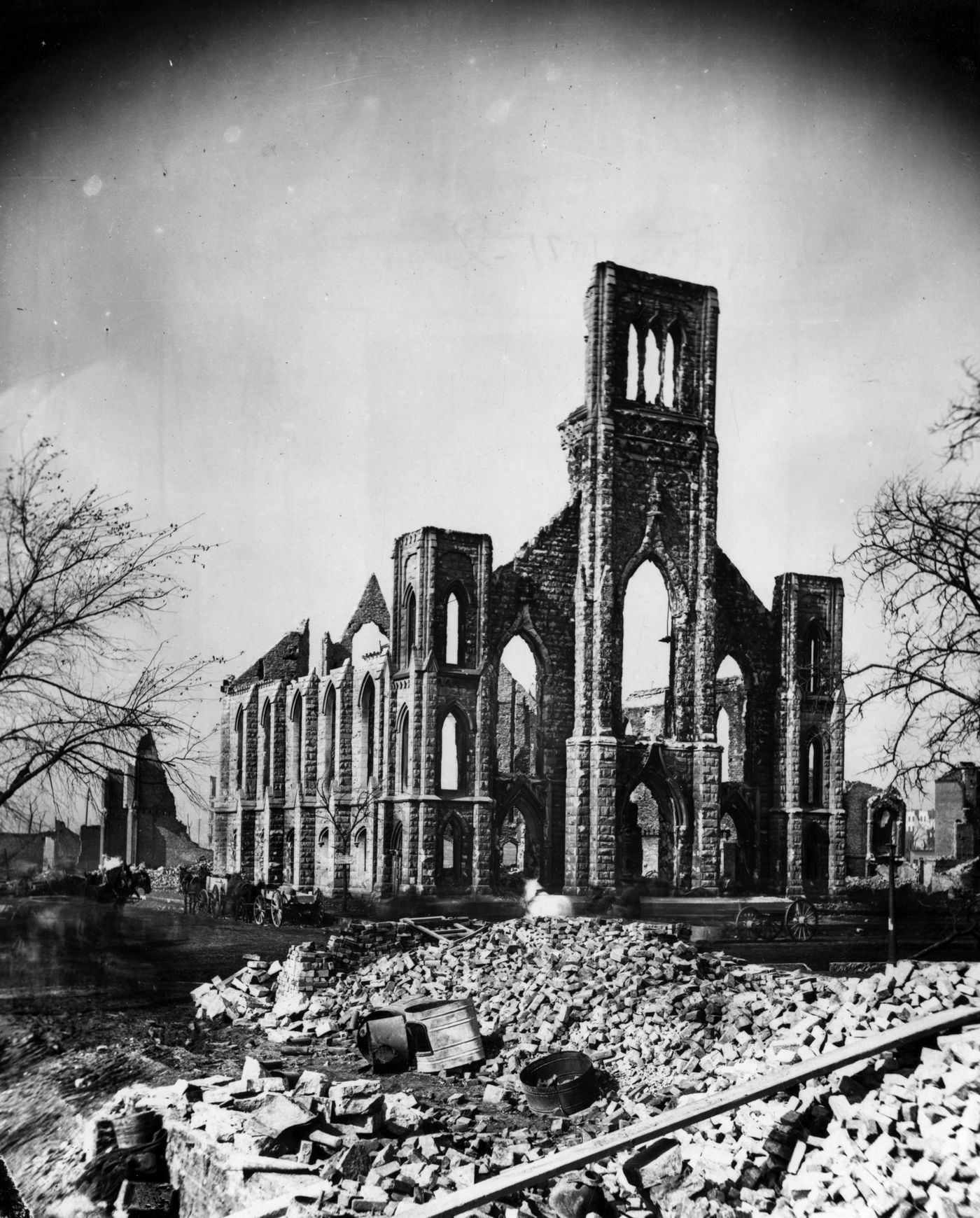
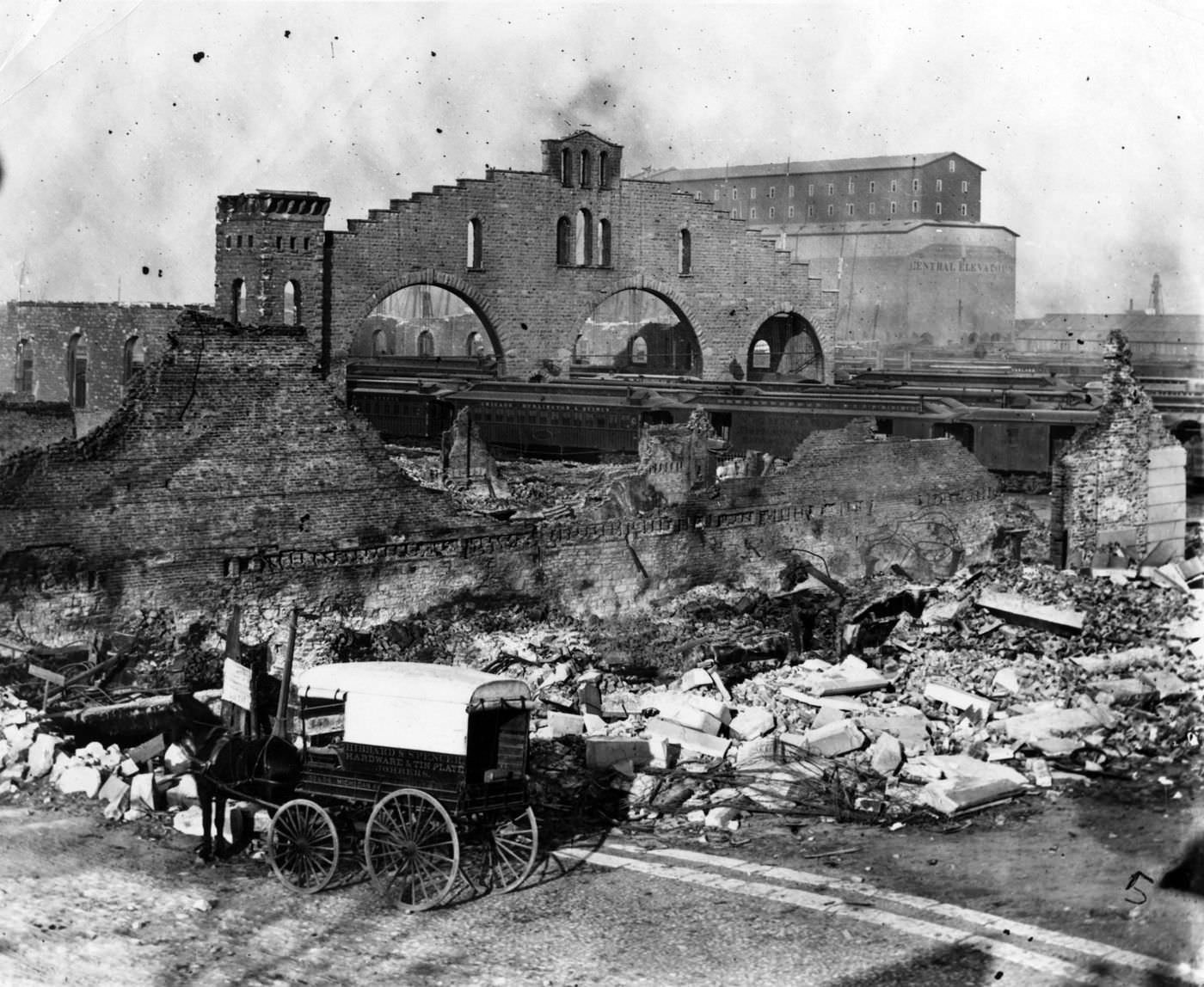
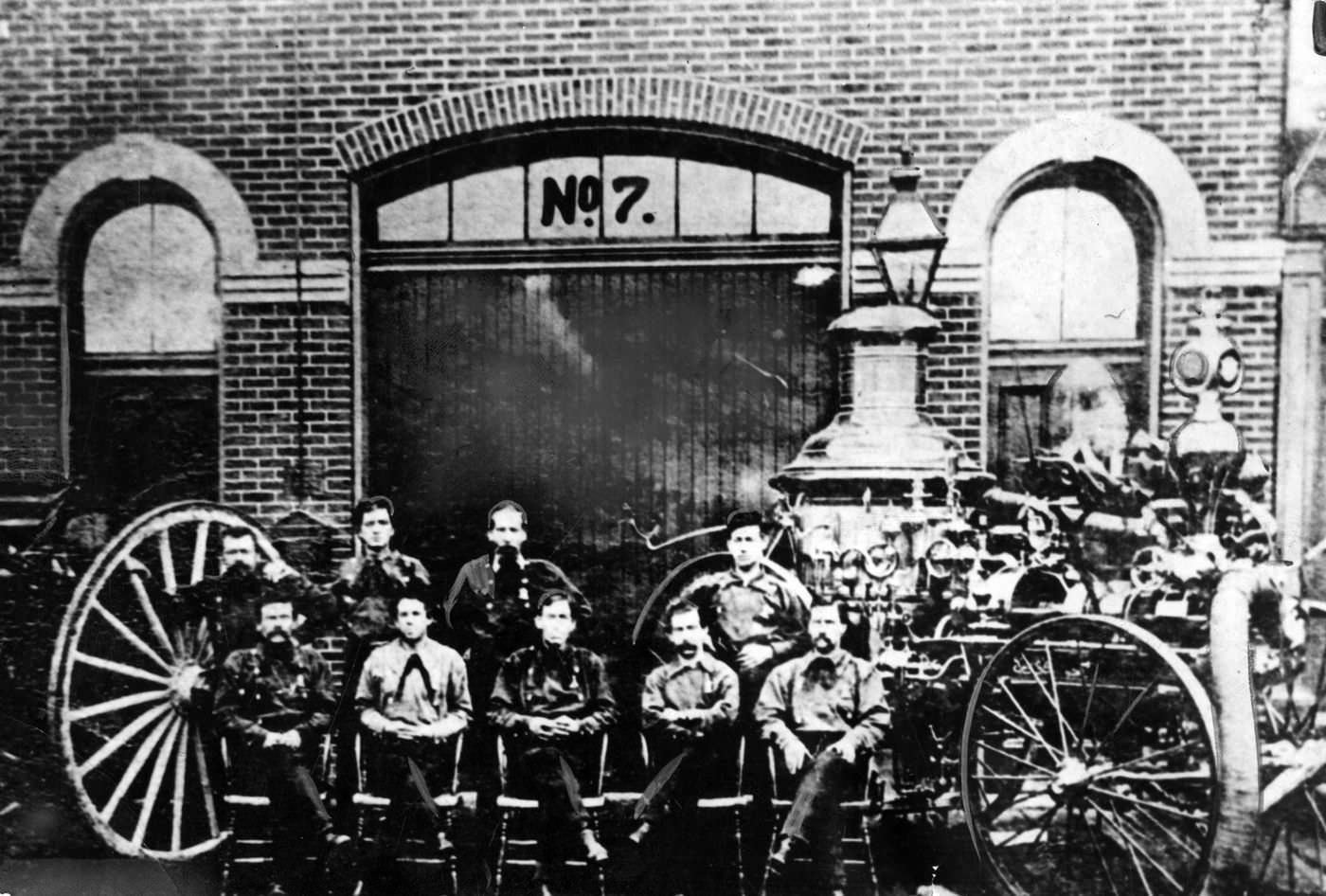
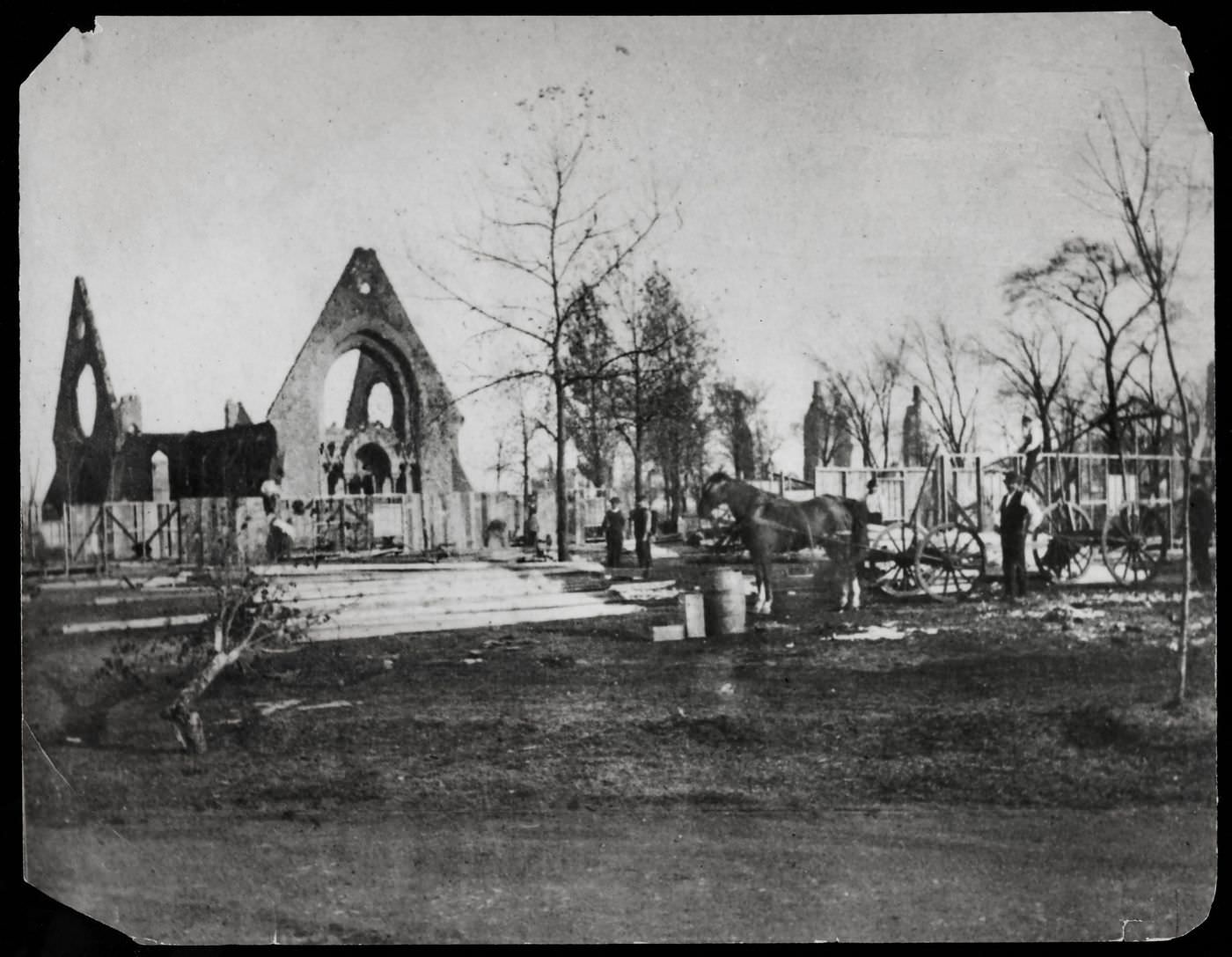
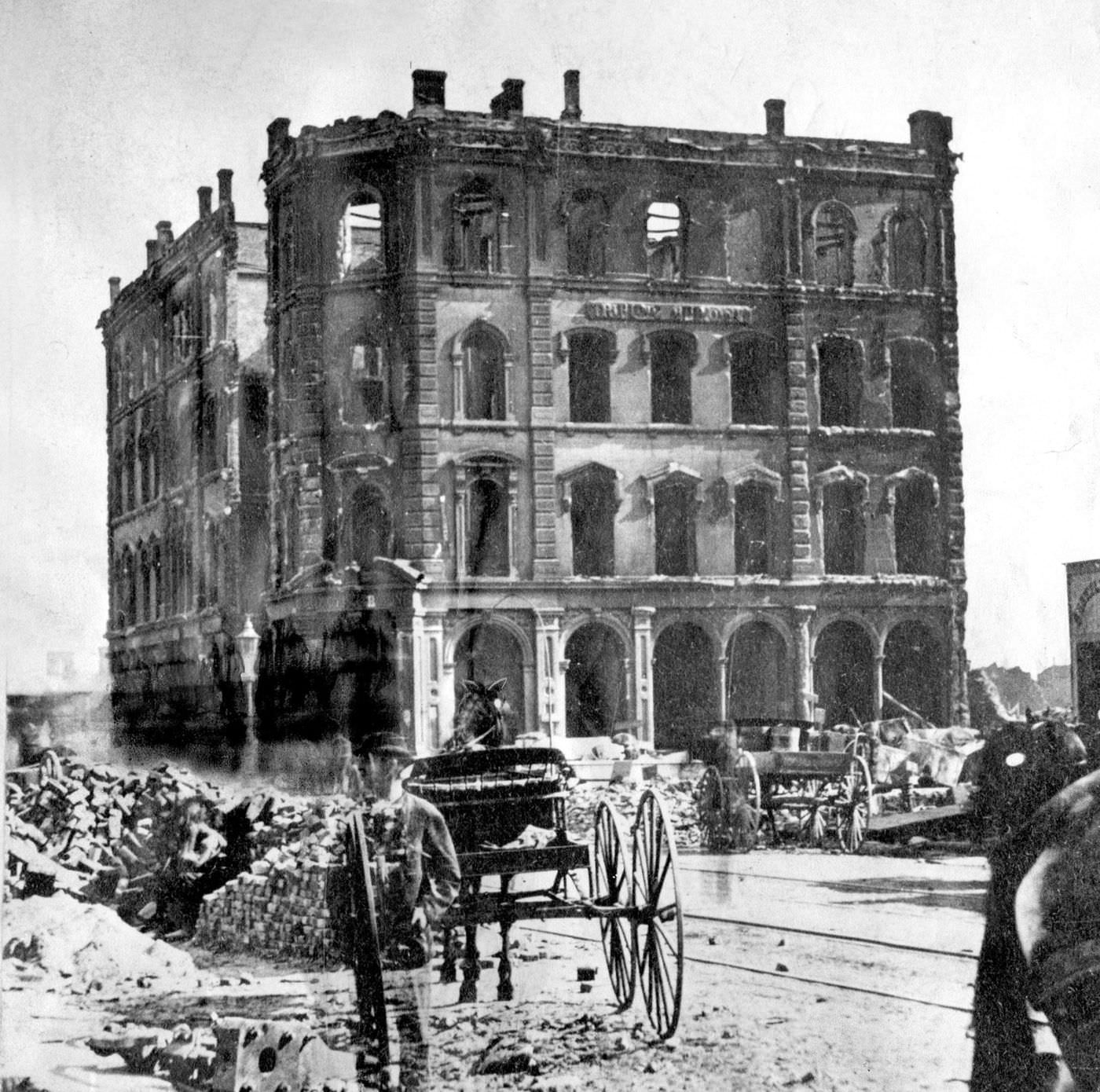
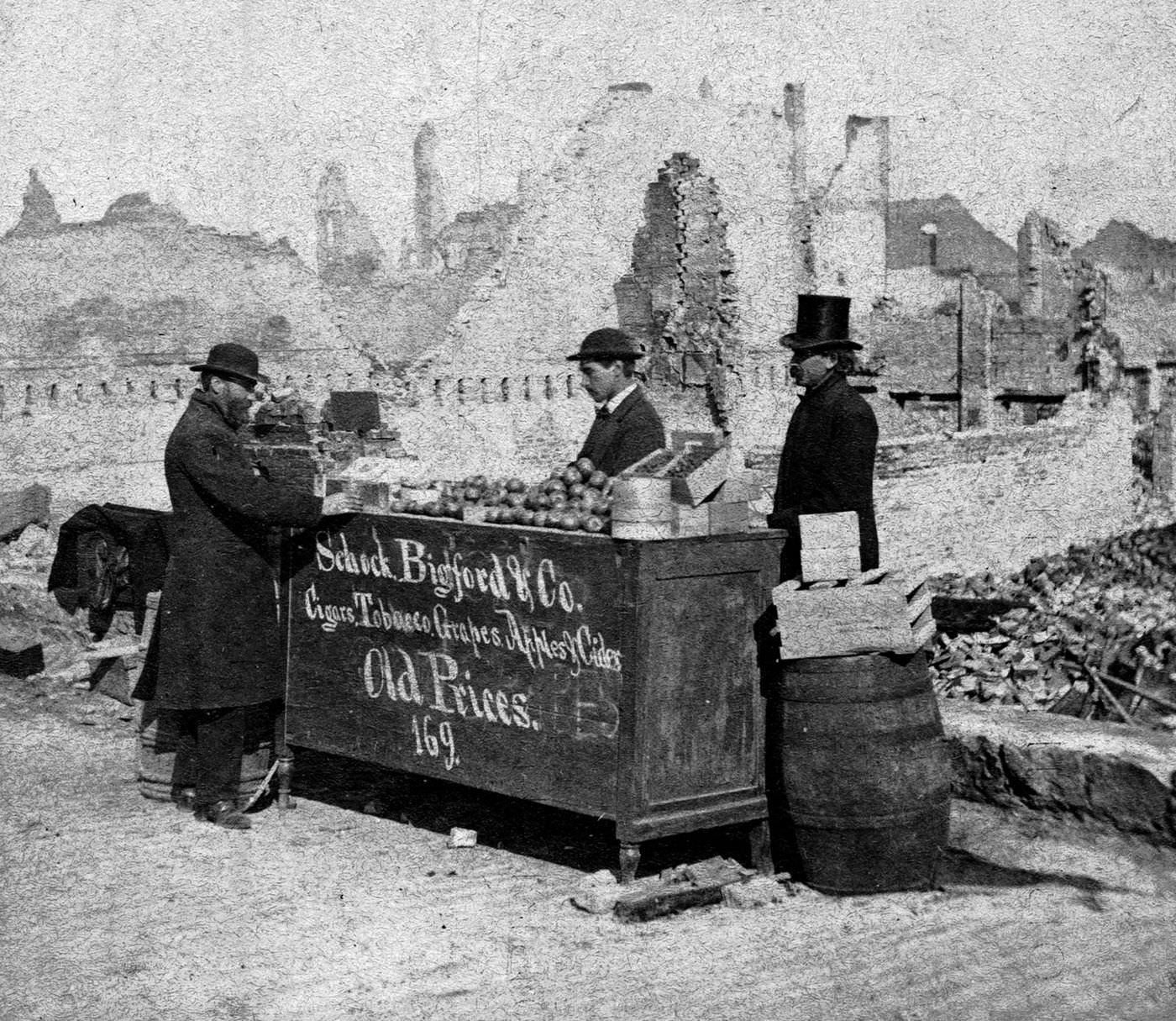
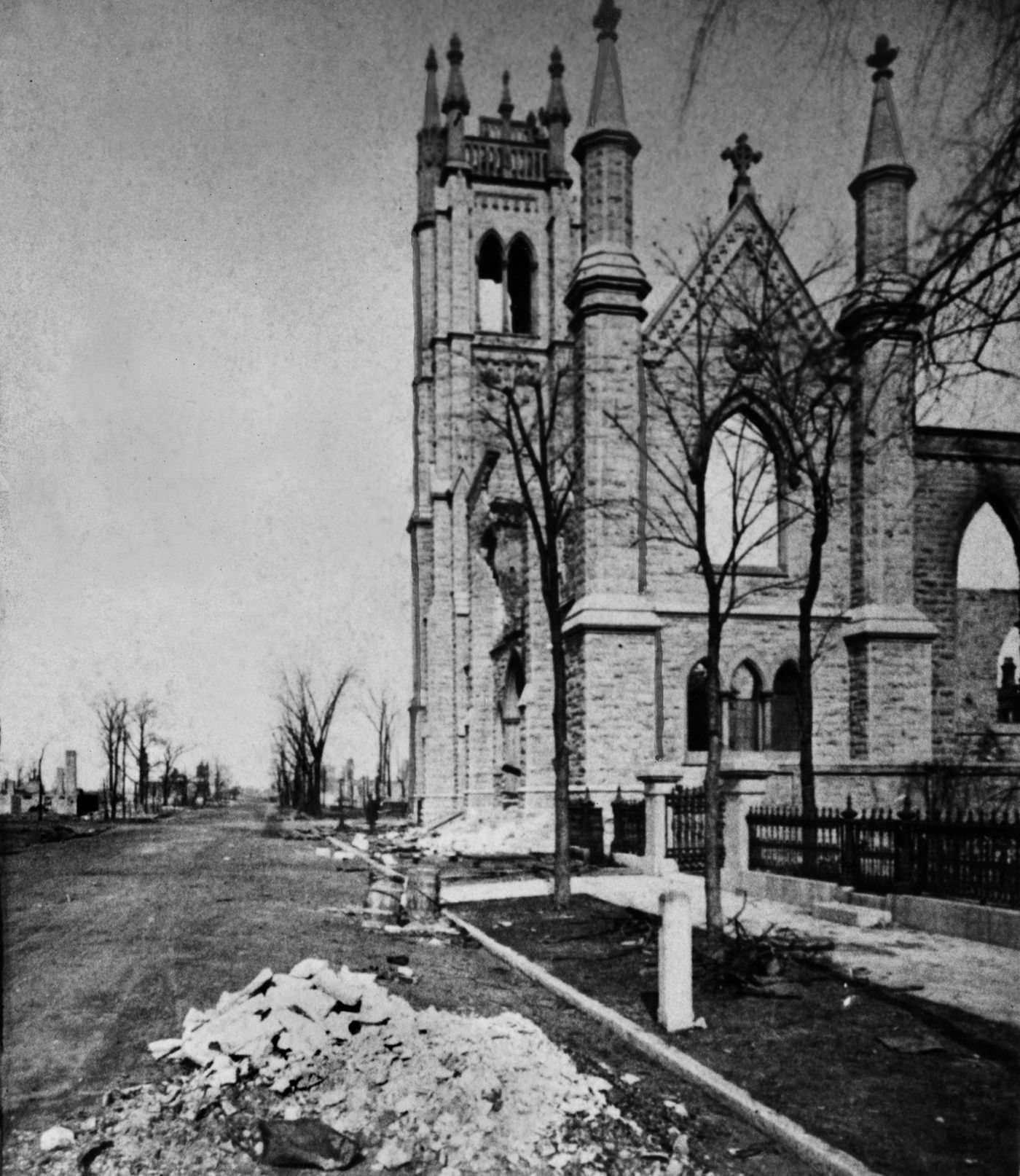
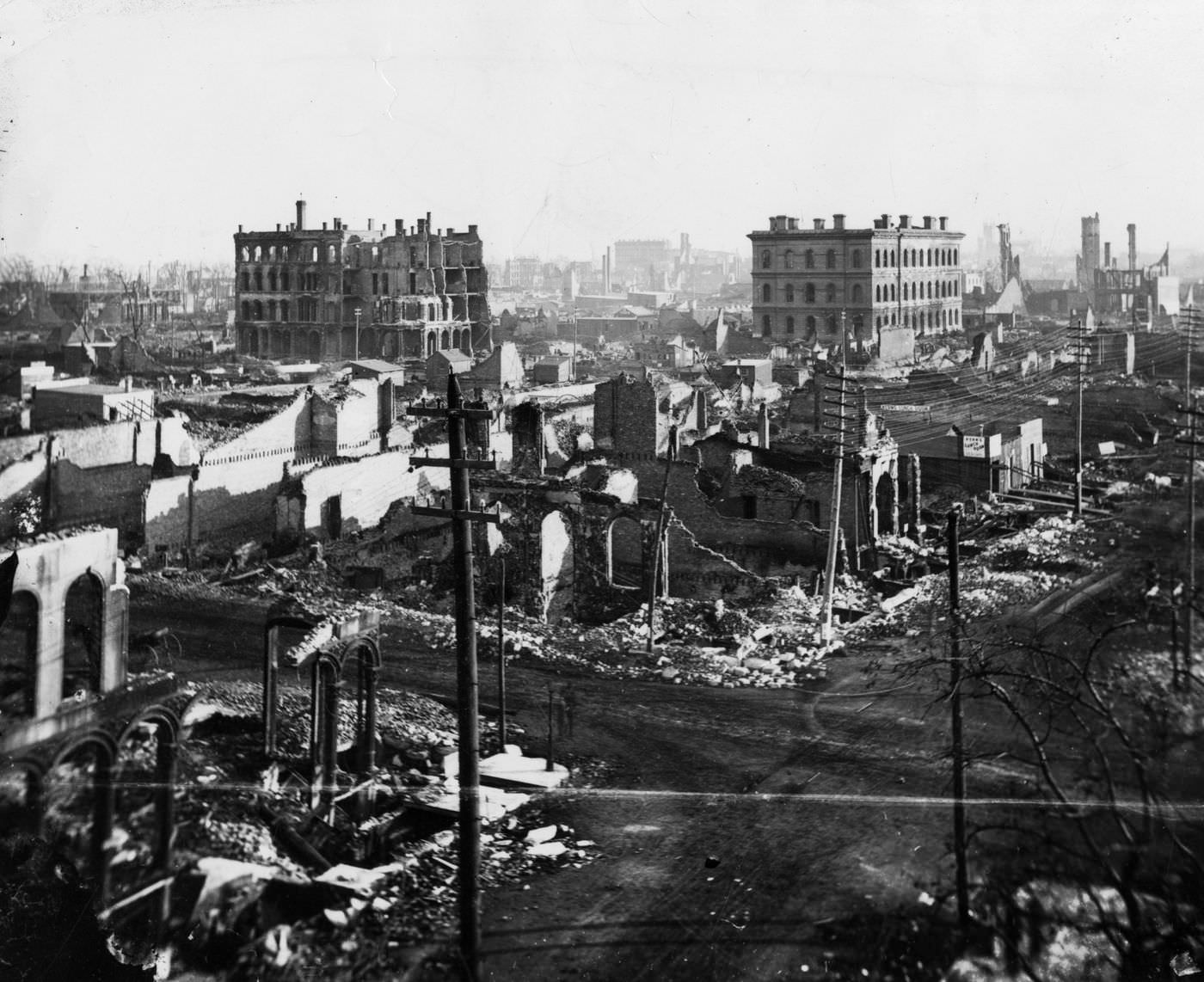
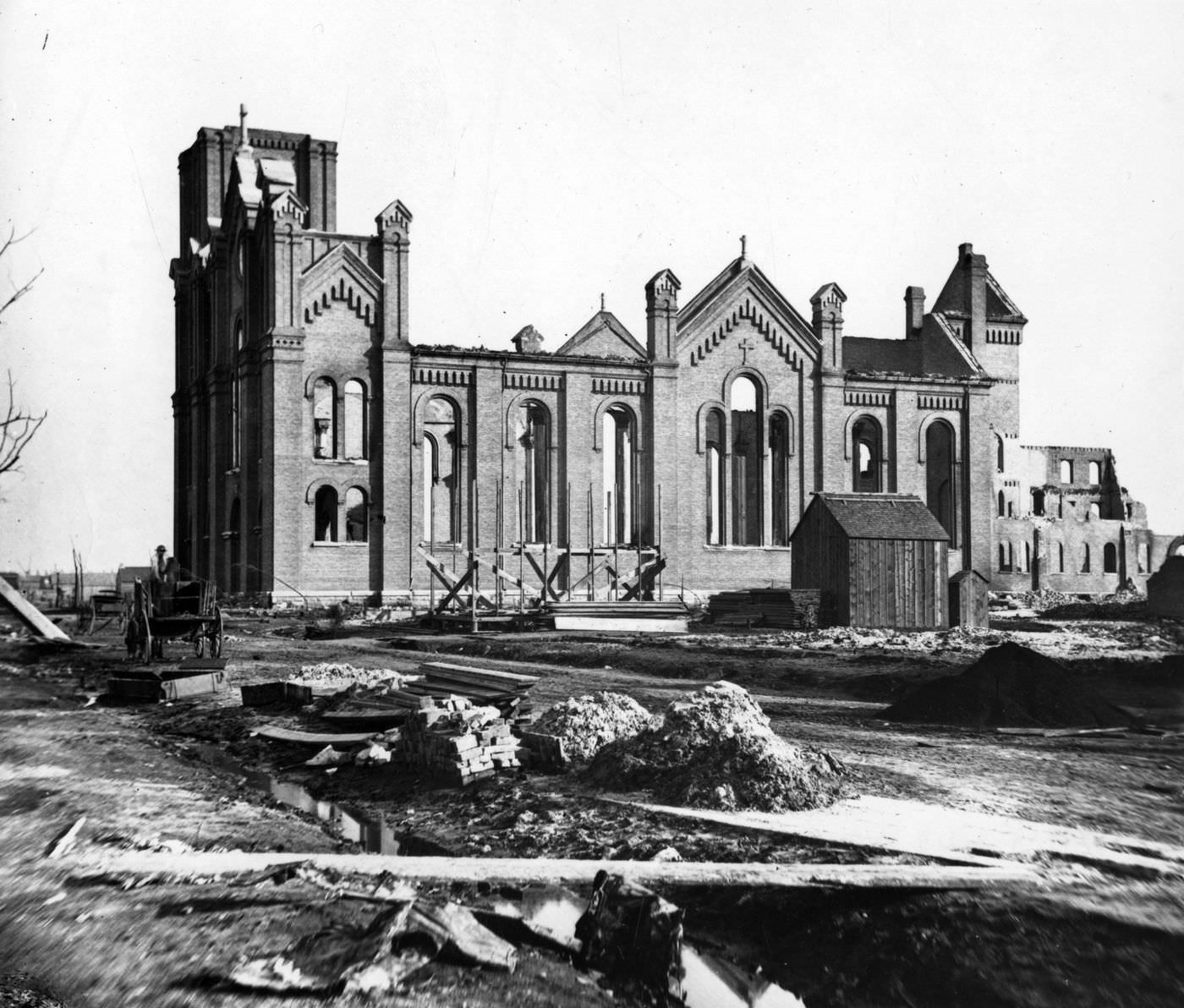
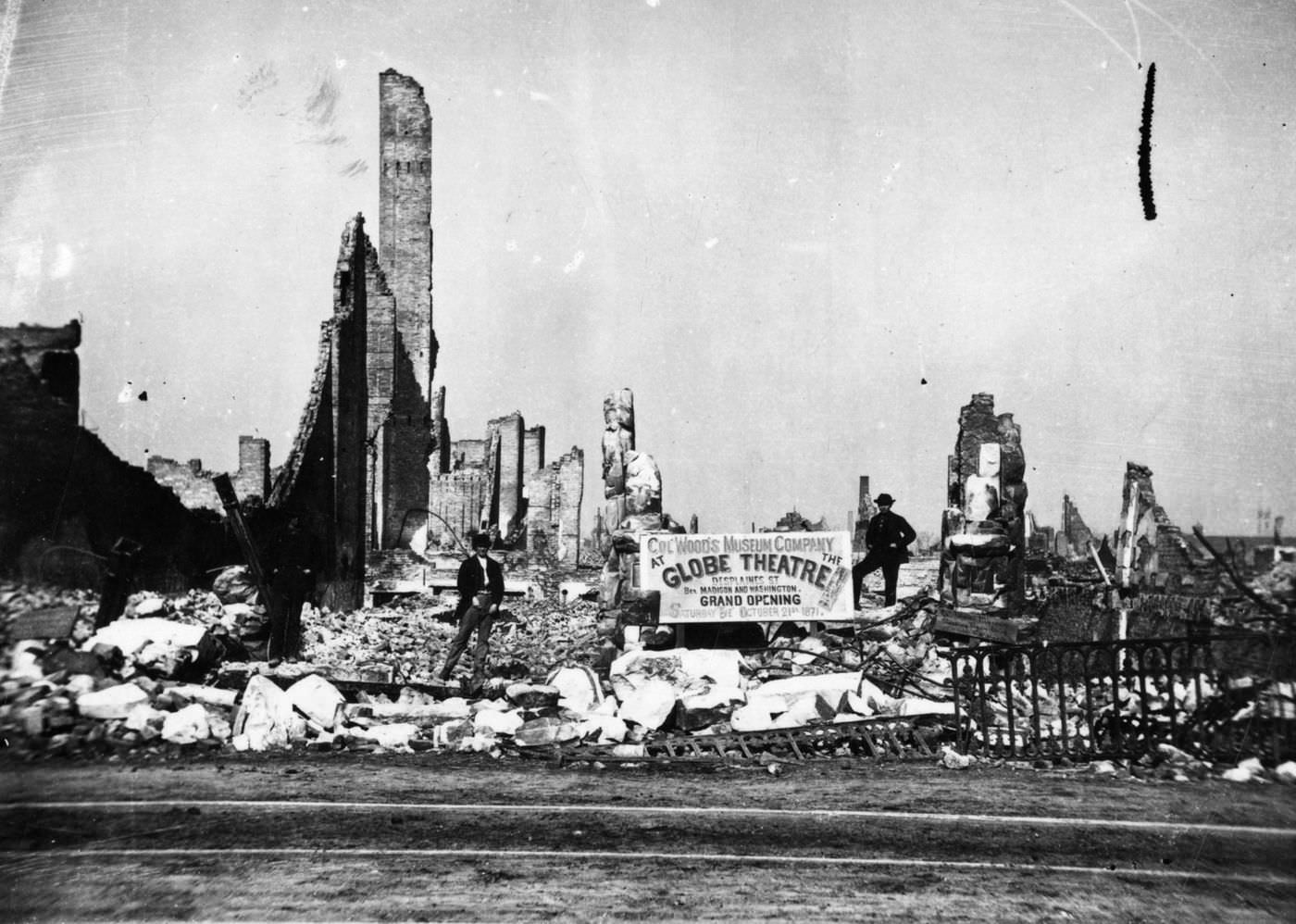
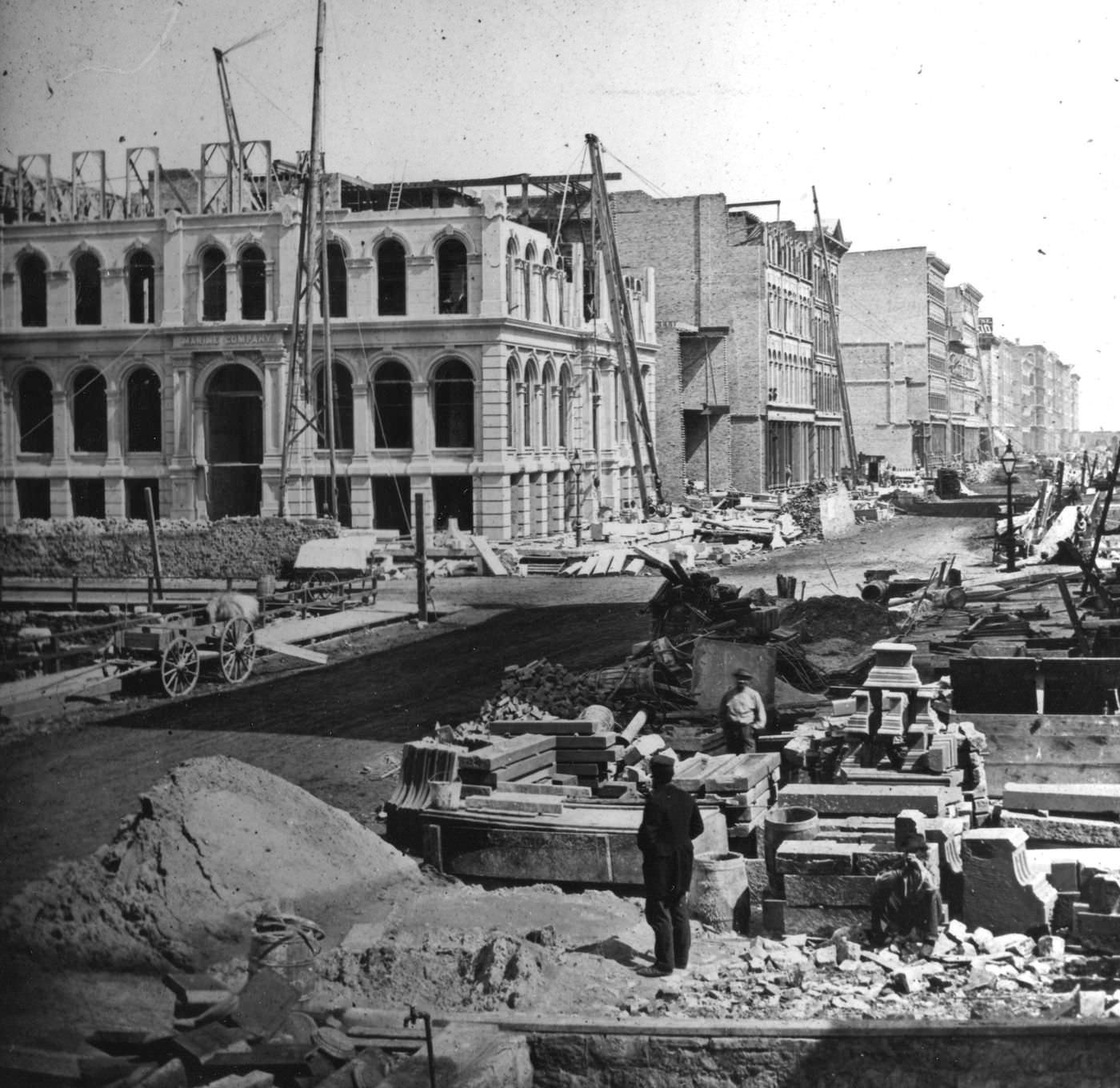
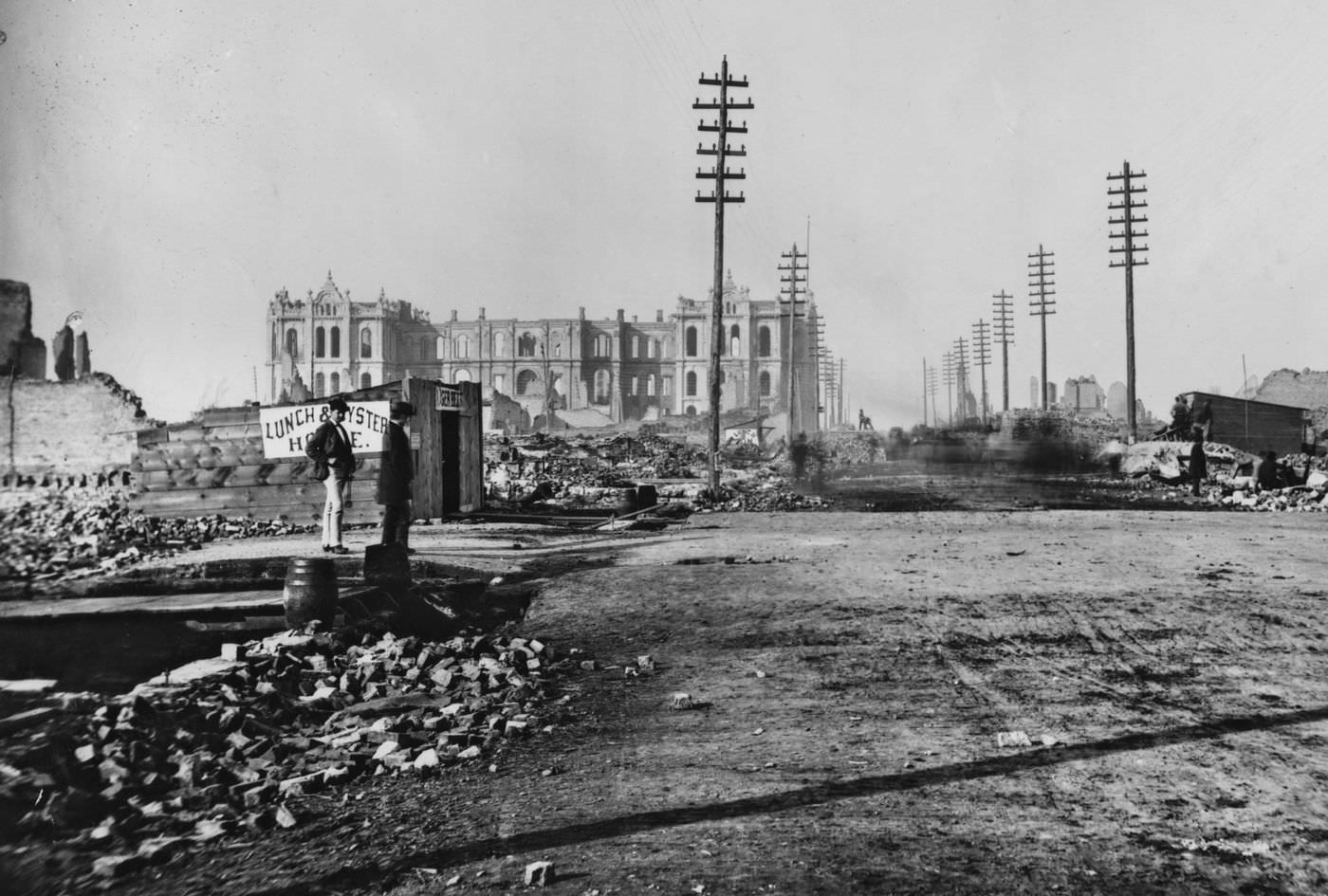
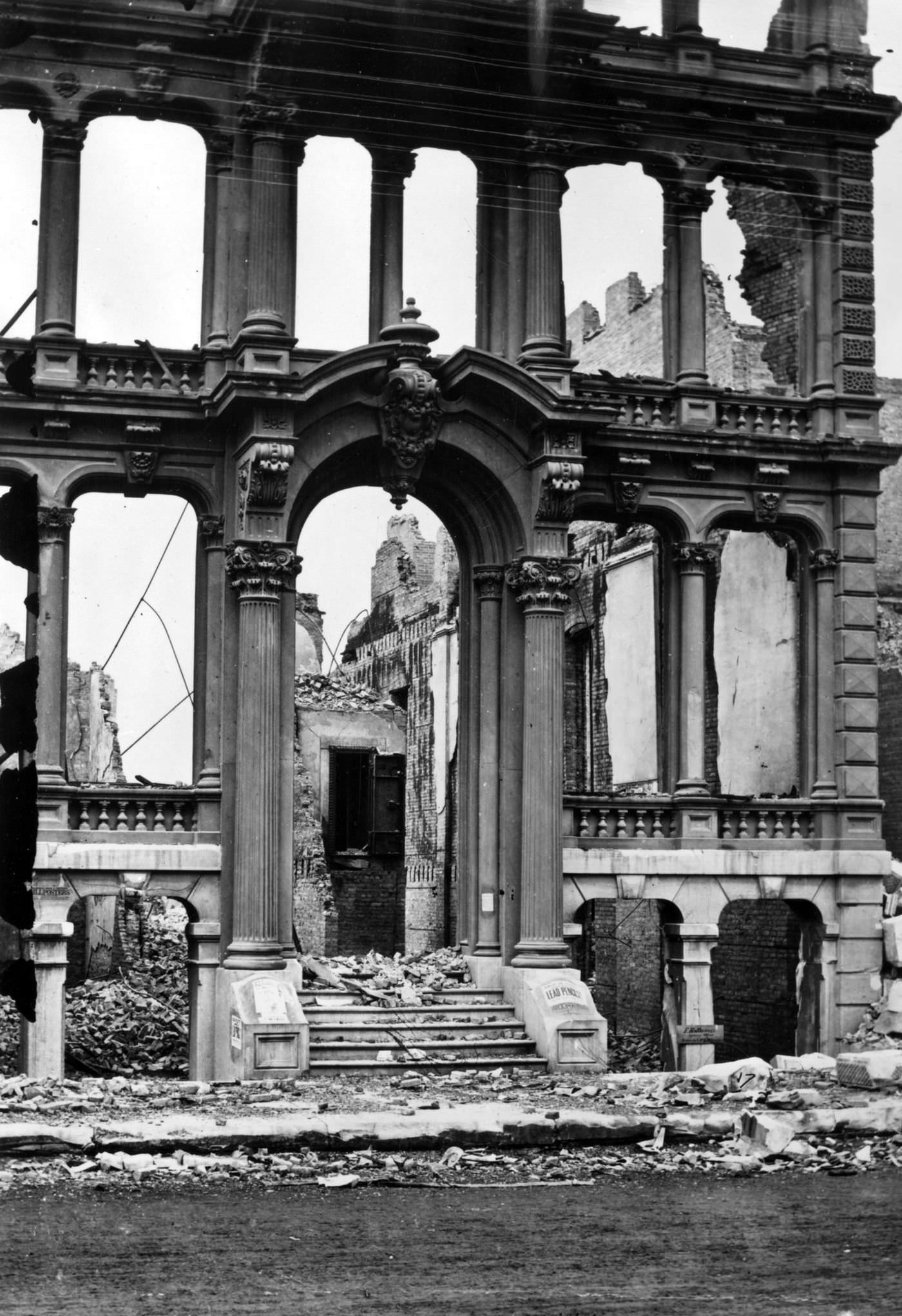
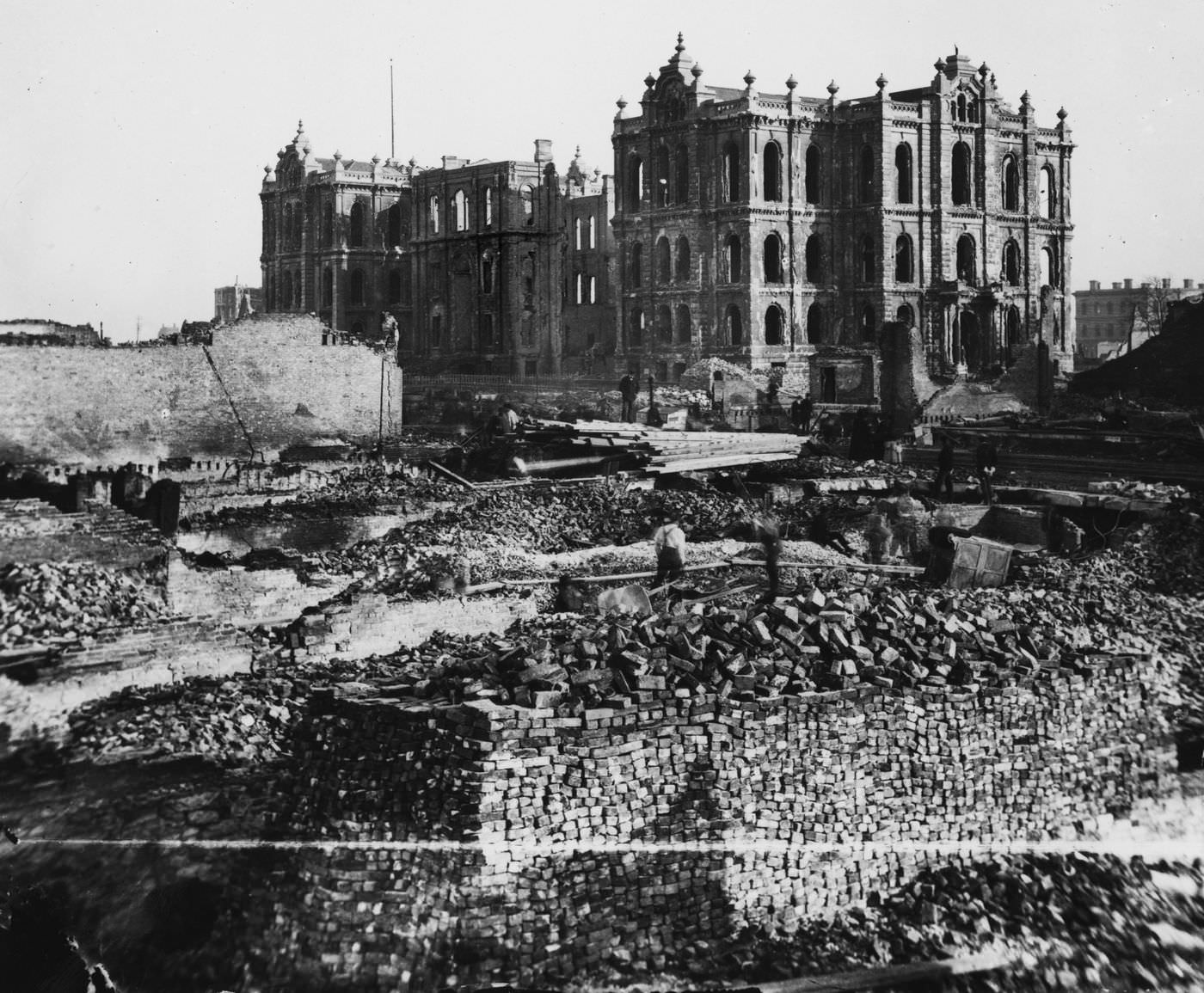
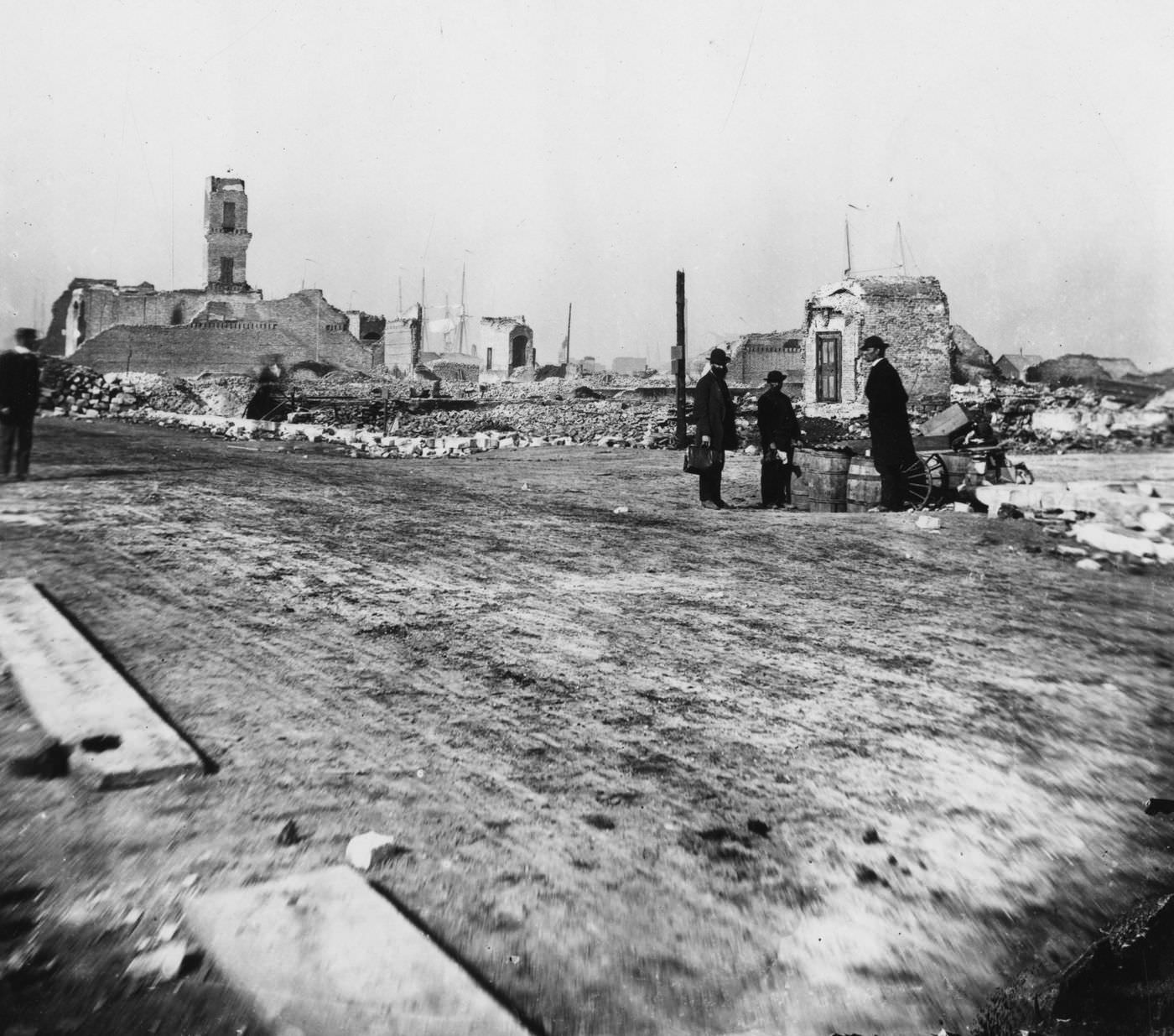
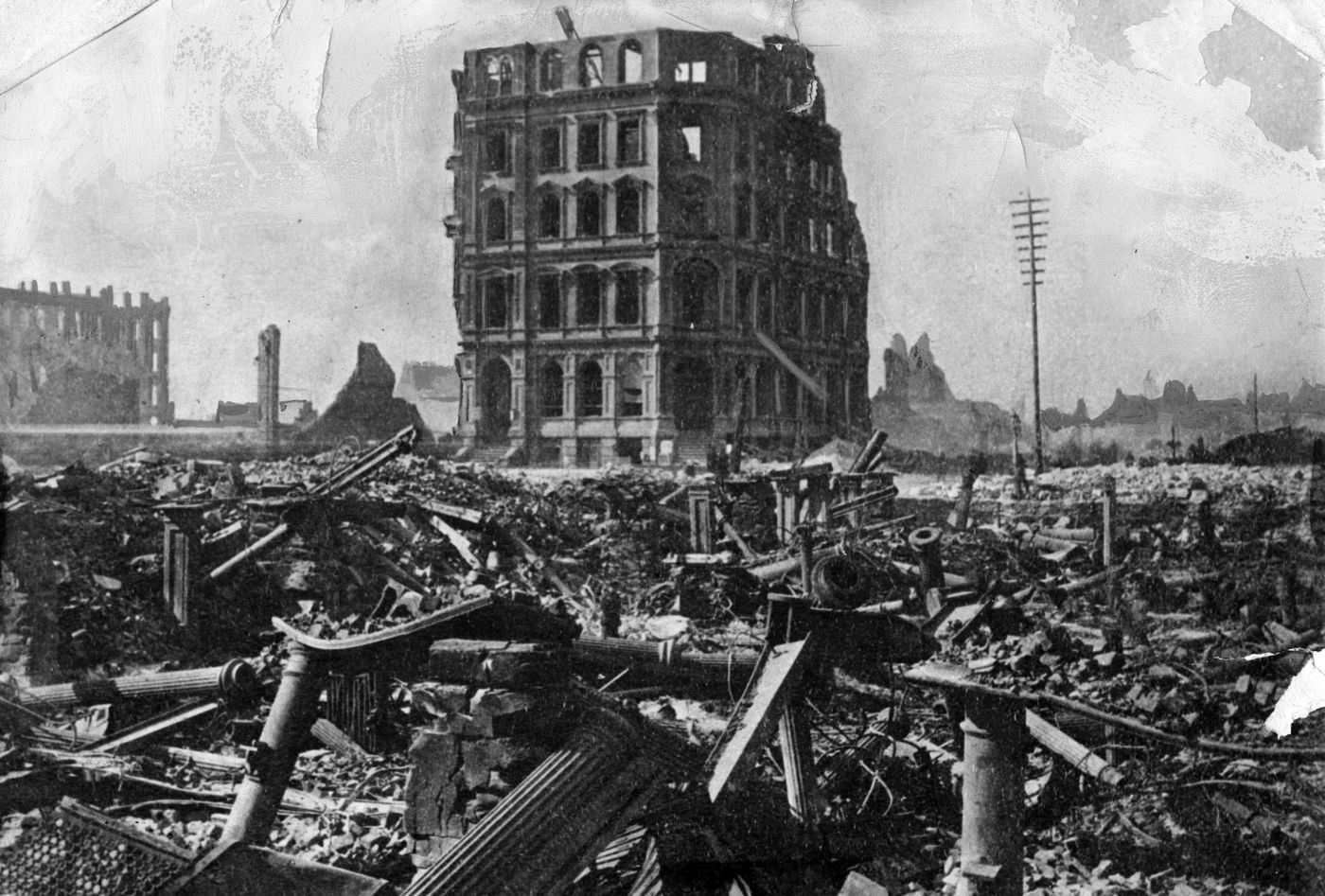
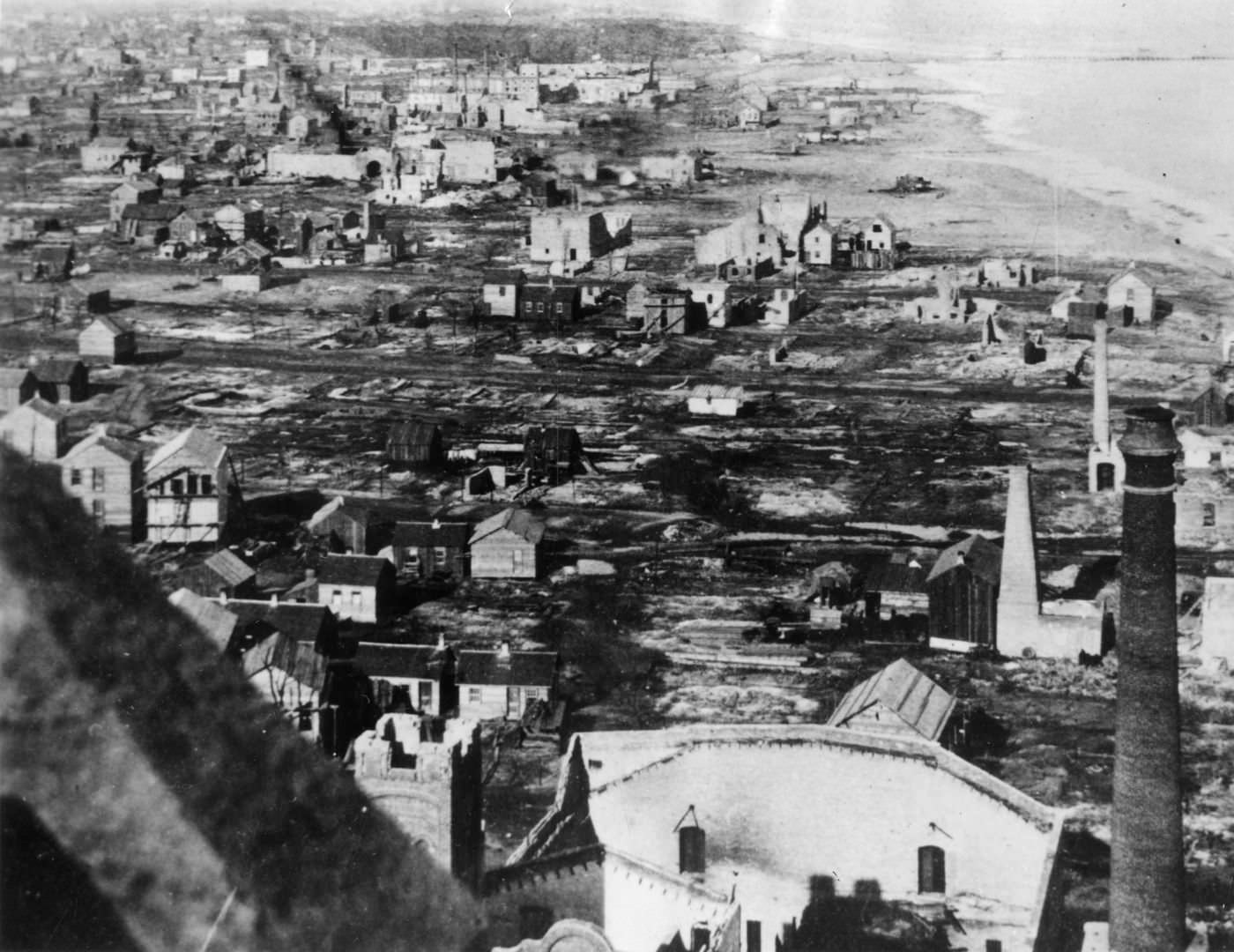
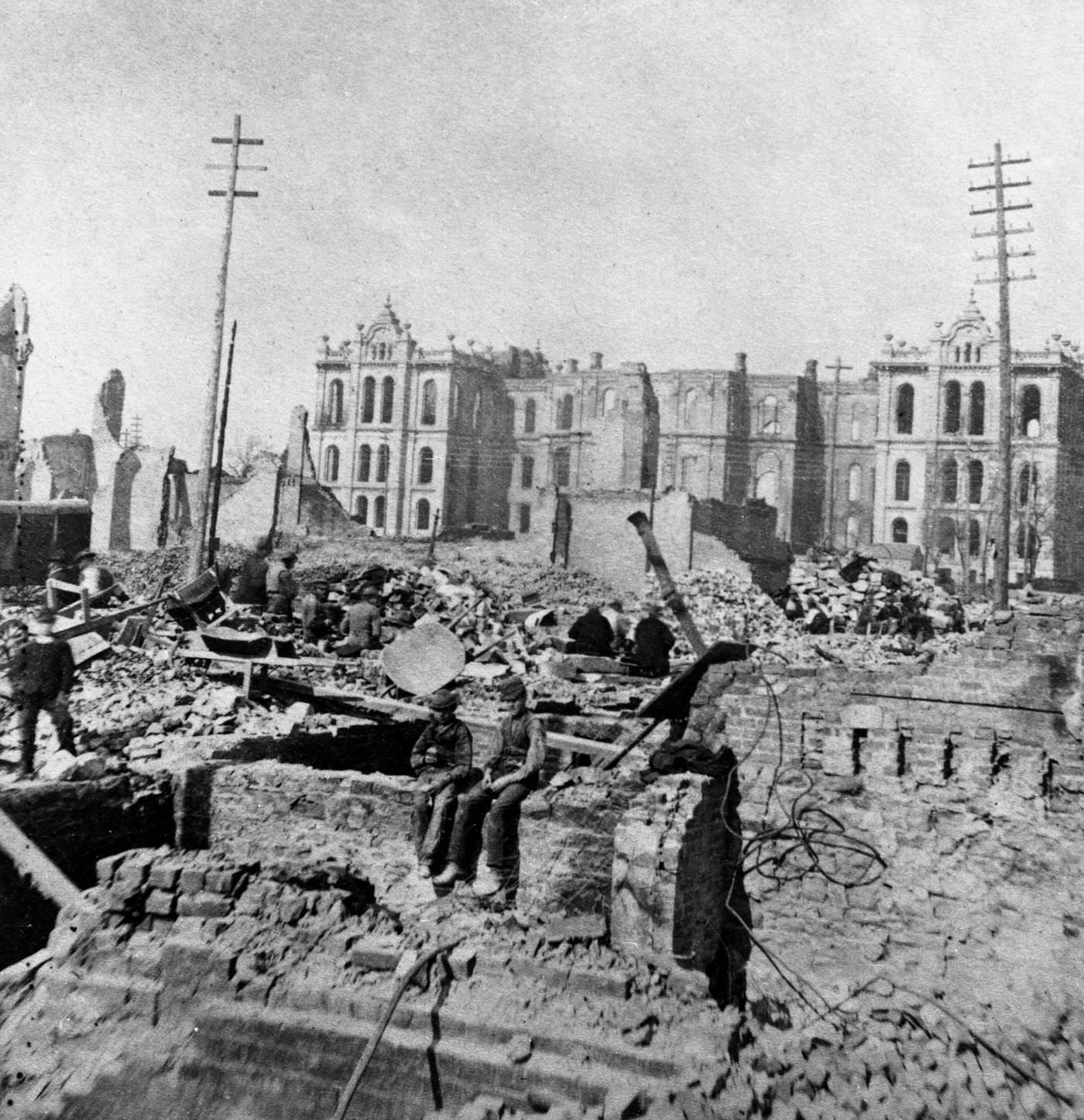
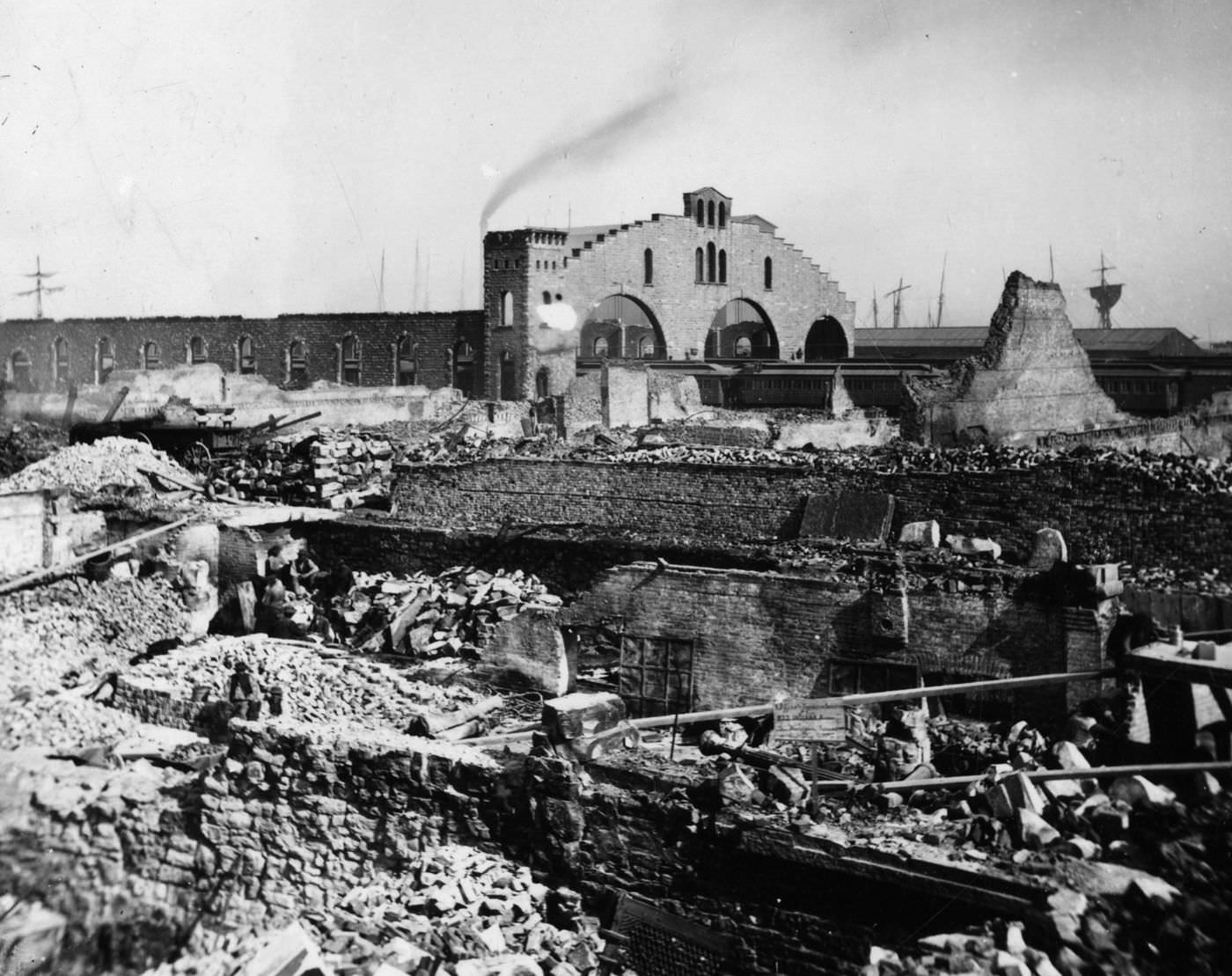
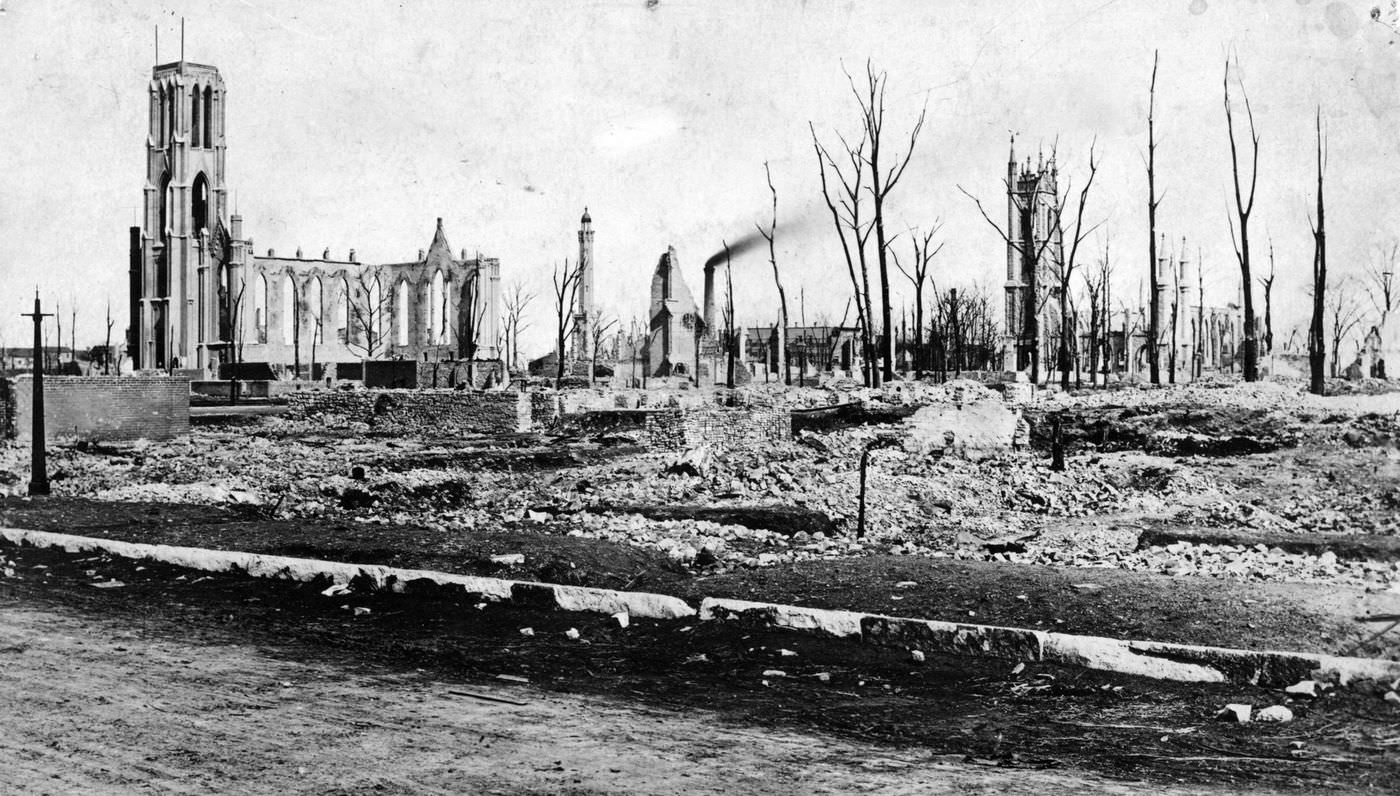
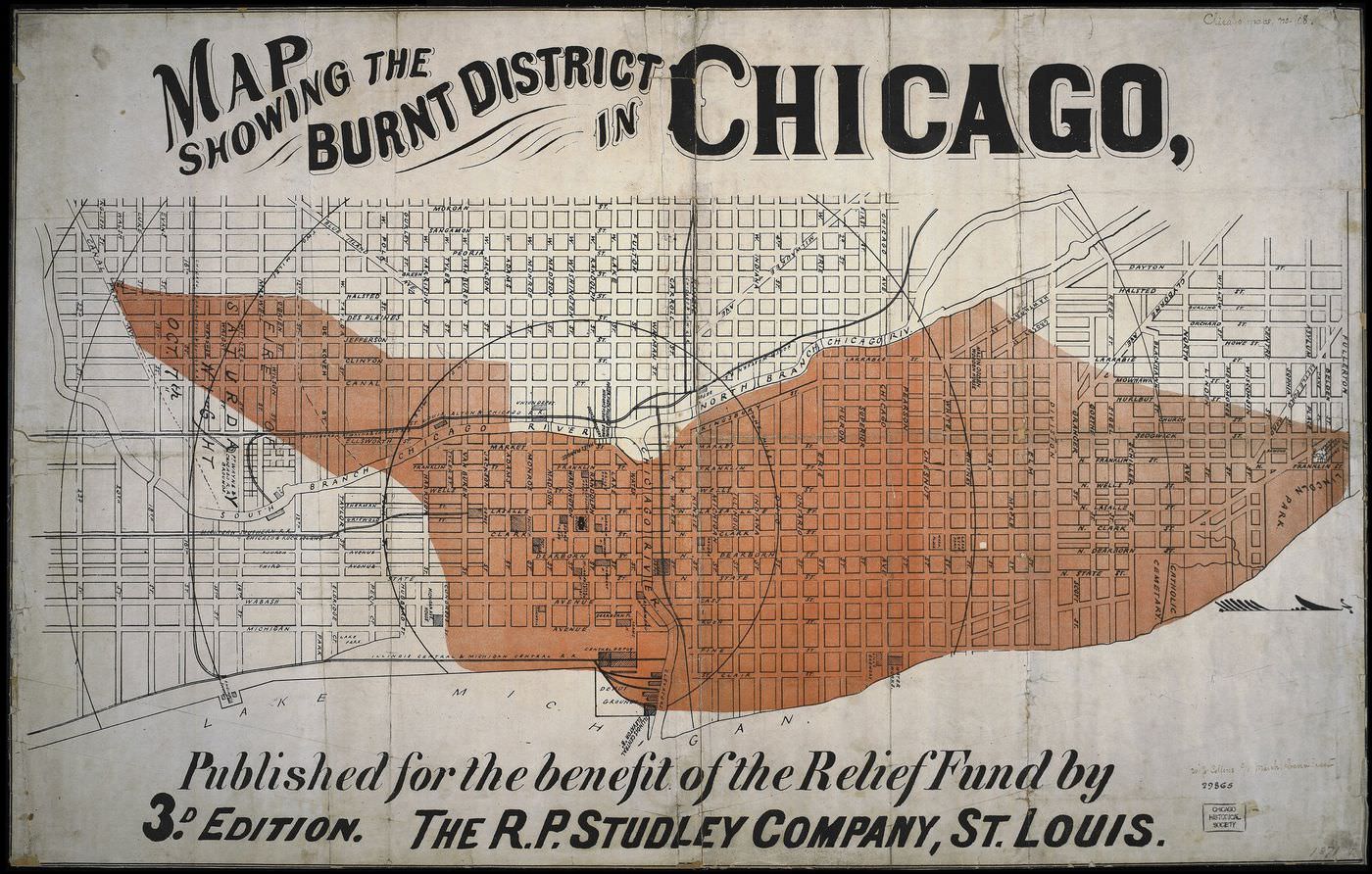
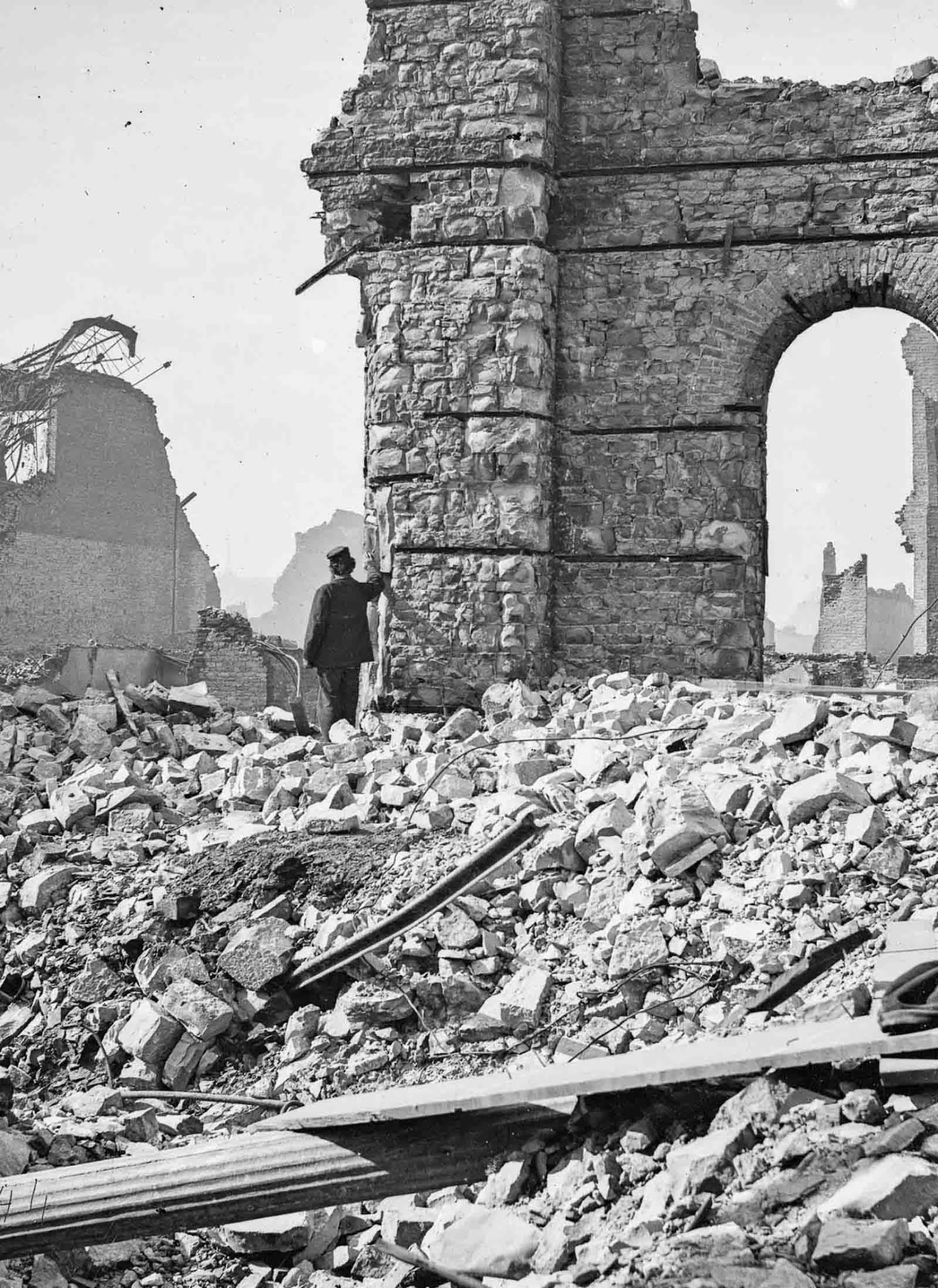

“One legend says a cow kicked over a lantern in a barn and started the blaze.” I am dead 🤣
the people that started that rumour literally came out and said it was all made up. this was decades ago
Exactly.